In her first solo show with Zina Gallery, Thea Lazăr recreates an aesthetic of encyclopaedic plant collections, drawing much of the exhibition’s thematic language from Joseph Arnold’s work The Kunstkammer of the Dimpfels, a Family of Ironmongers and Traders from Regensburg (1668), which portrays a cabinet of curiosities— the early ancestor of the modern museum, a space with preserved specimens, automata and remarcabilia, presented by collectors as a microcosm of the world. The video-work A Dying Leaf Should Be Able to Carry the Weight of the World (2023) serves as a discrete guide through the Botanical Garden and Botanical Museum in Cluj-Napoca, becoming the foundation for Thea’s exhibition. She creates her own cabinet of curiosities, a space suspended into an introspective territory, where fossils, textiles, and botanical specimens are subjectively indexed and preserved.
Artificially fossilized Ginkgo biloba leaves stand as relics of timeless places where past and present seem to fold into each other, disrupting the conventional notion of linear history. Seeing her textile embroidered series, depicting the endangered white lotus, Nymphaea lotus var. thermalis, or the mysterious rebel Dracula orchids and Stapelia gigantea, I felt that each piece narrated a tale of survival and adaptation. But when Thea told me about the plant Aerel dobrogean, a recently discovered plant in Dumbrăveni Reservation, something touched me, like a complete gesture toward a newly crafted feeling. Now I have to carry the story of a plant that was unknown to science until recently. How should I do this?
Maybe the story of the Aerel dobrogean makes me realize there are many other unknown plants out there and that’s… hopeful. The same feeling I had when I learnt from her about a the nearly immortal plant that has been living for over 2,000 years. For Thea, a cabinet of curiosities is more than just a collection of oddities; it’s an invitation to explore shared emotion through a particular selection of objects that are telling stories about the world for a while. These objects, who are not meant to assign a fixed identity to their collectors, or a rigid perspective of the world, open themselves to multiple interpretations, stories, and contexts.
The stories can create a ‘we’, a collective charade, a loose assembly characterized by shared belonging, suffering, and potential. This encounter acknowledges the diverse experiences of hardship that the climate crisis brings, and can foster connections to our world despite the acquired baggage of threat and horror. As theorist Karen Barad explains the non-hierarchical nature of entanglement, entities maintain their connections even when dispersed, implying that our actions hold real meaning due to a predetermined capacity resulting from unseen connections.
Text by Daniela Custrin
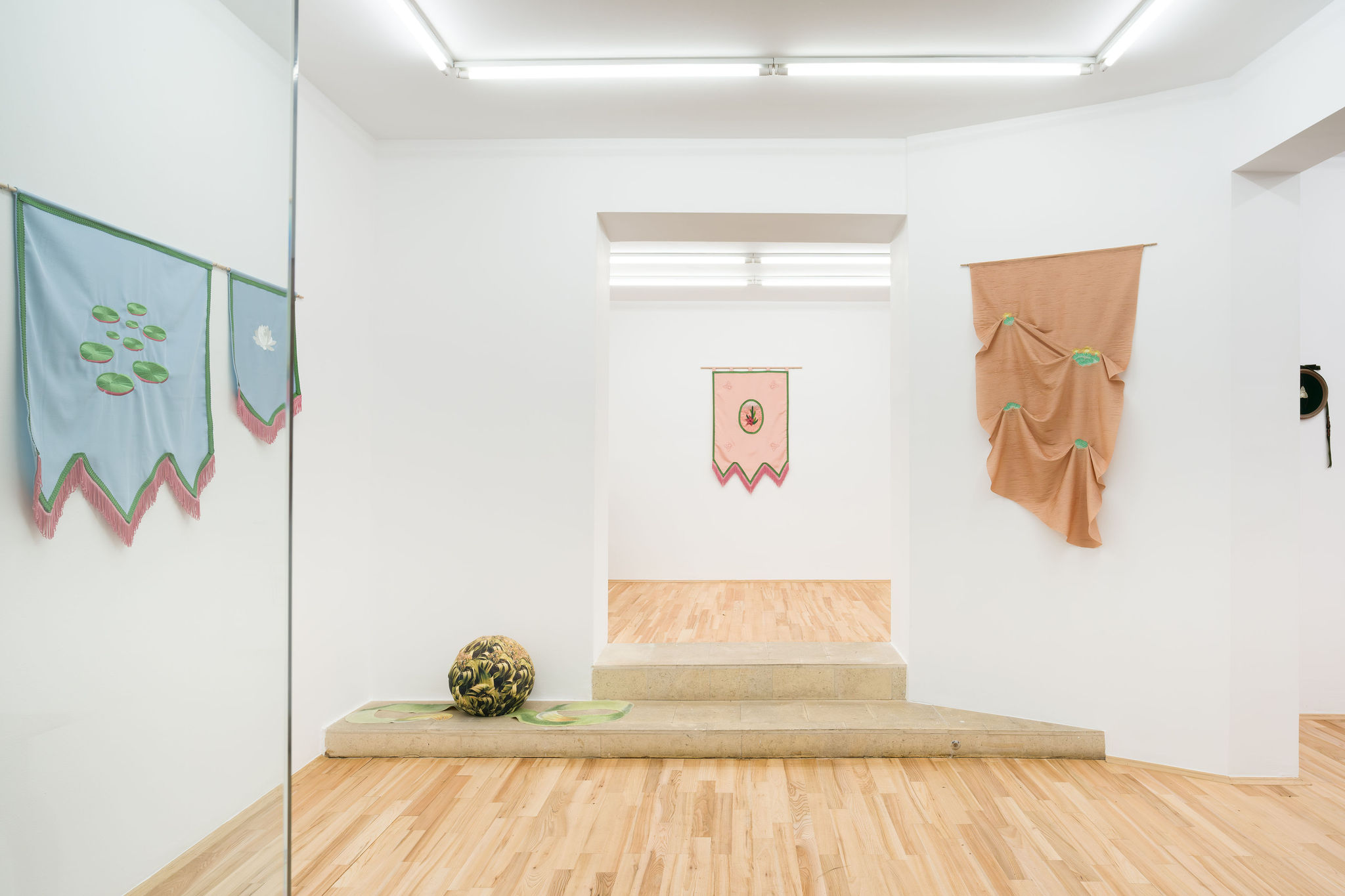
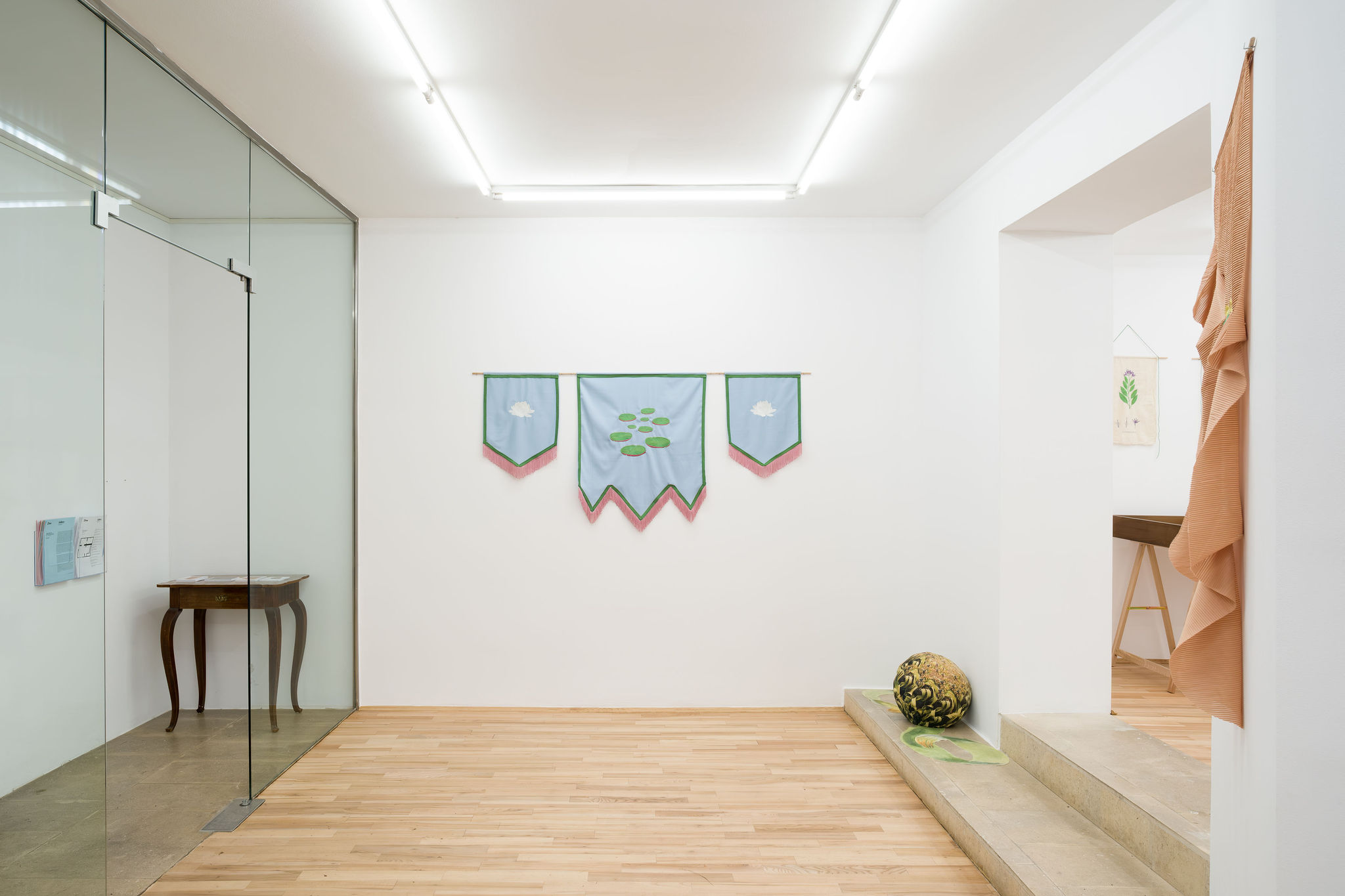
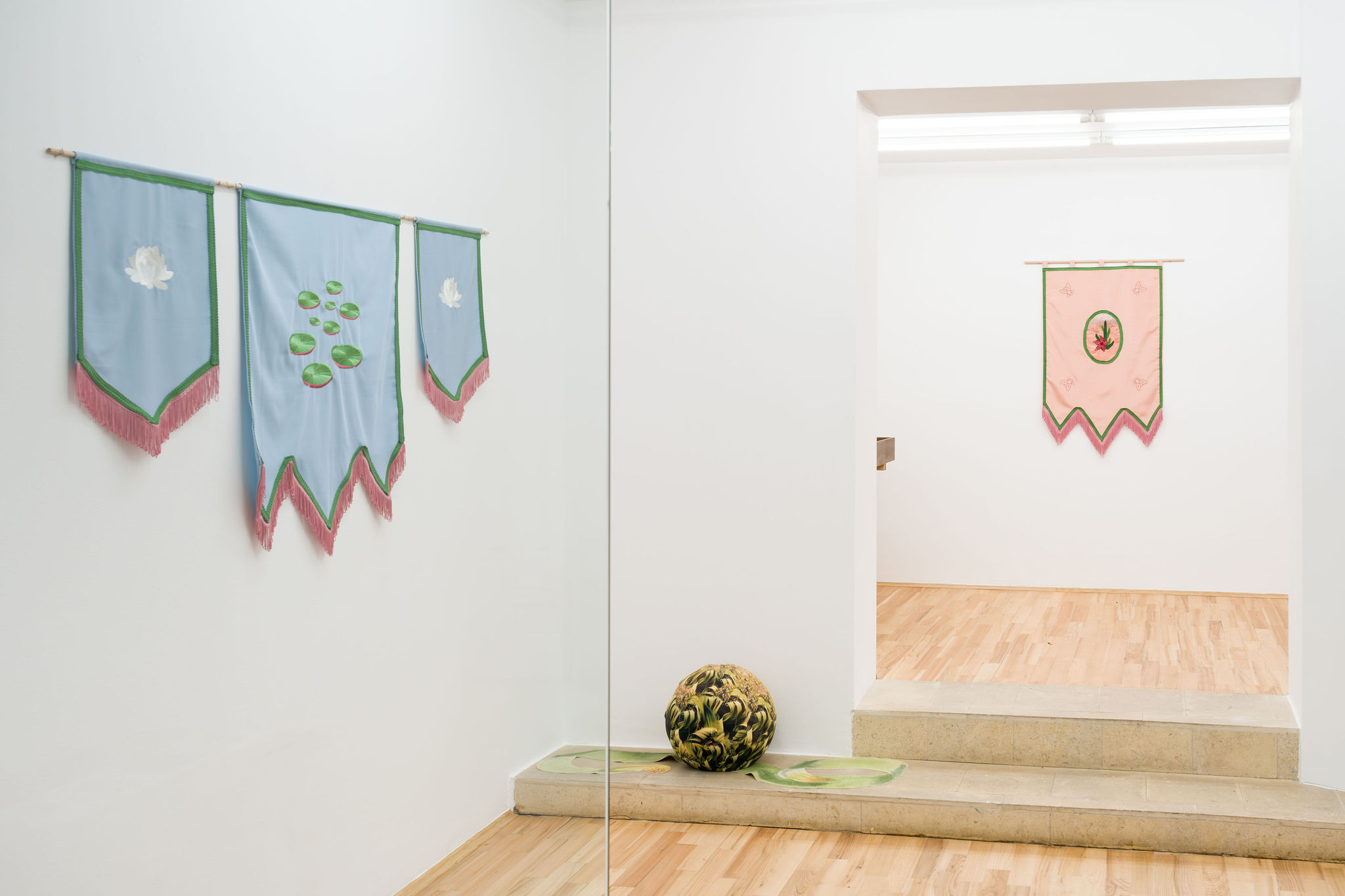
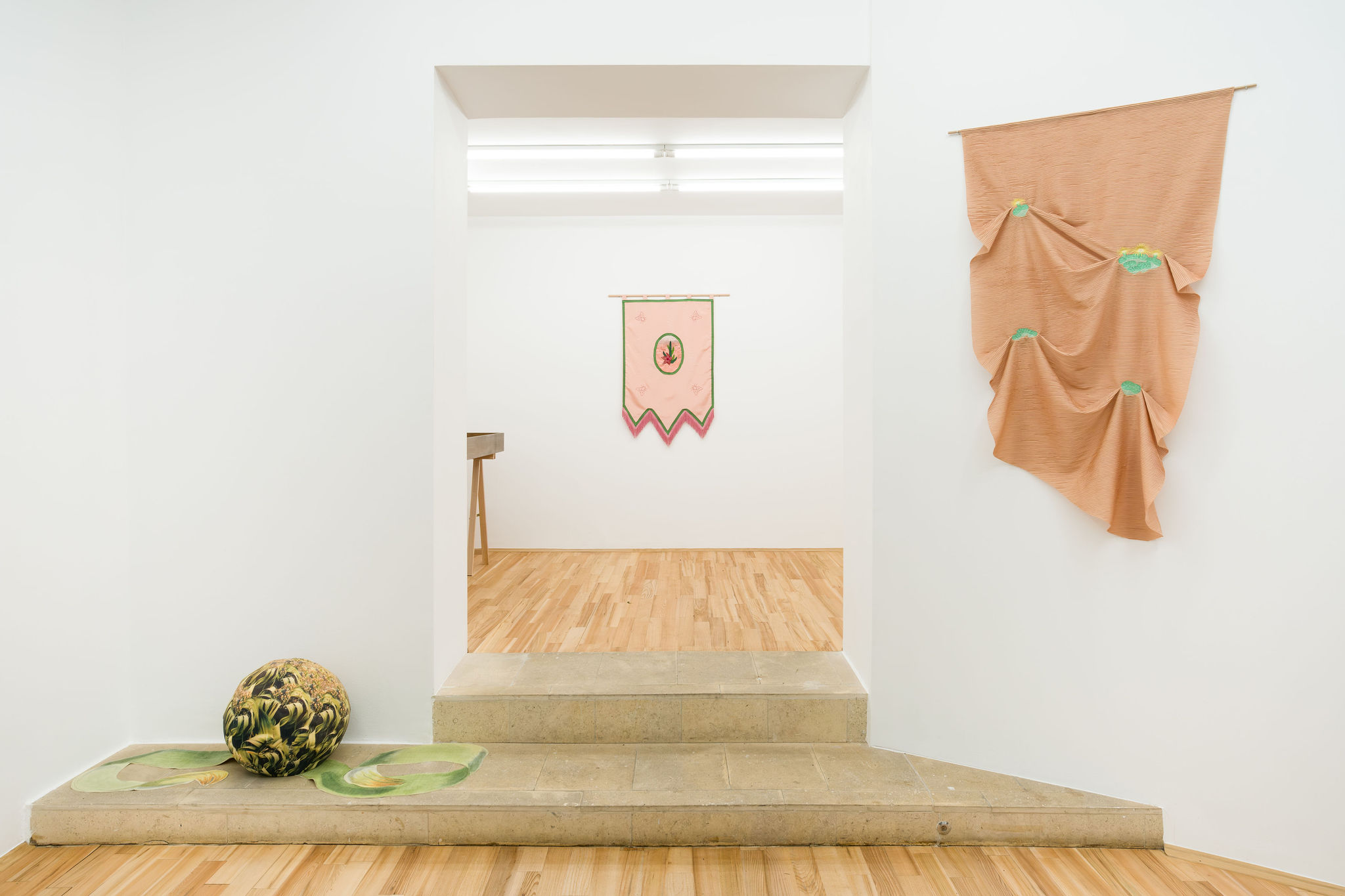
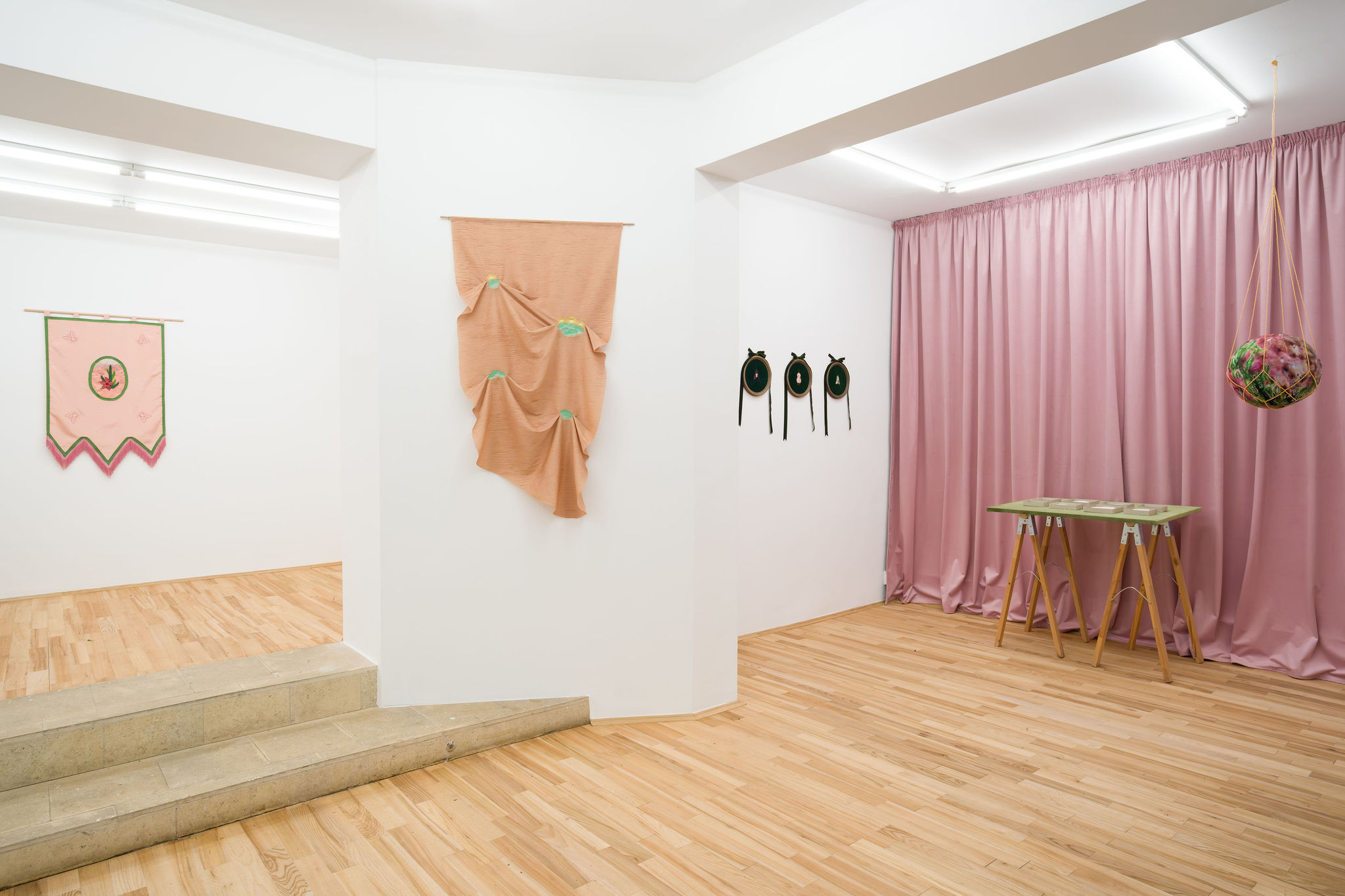
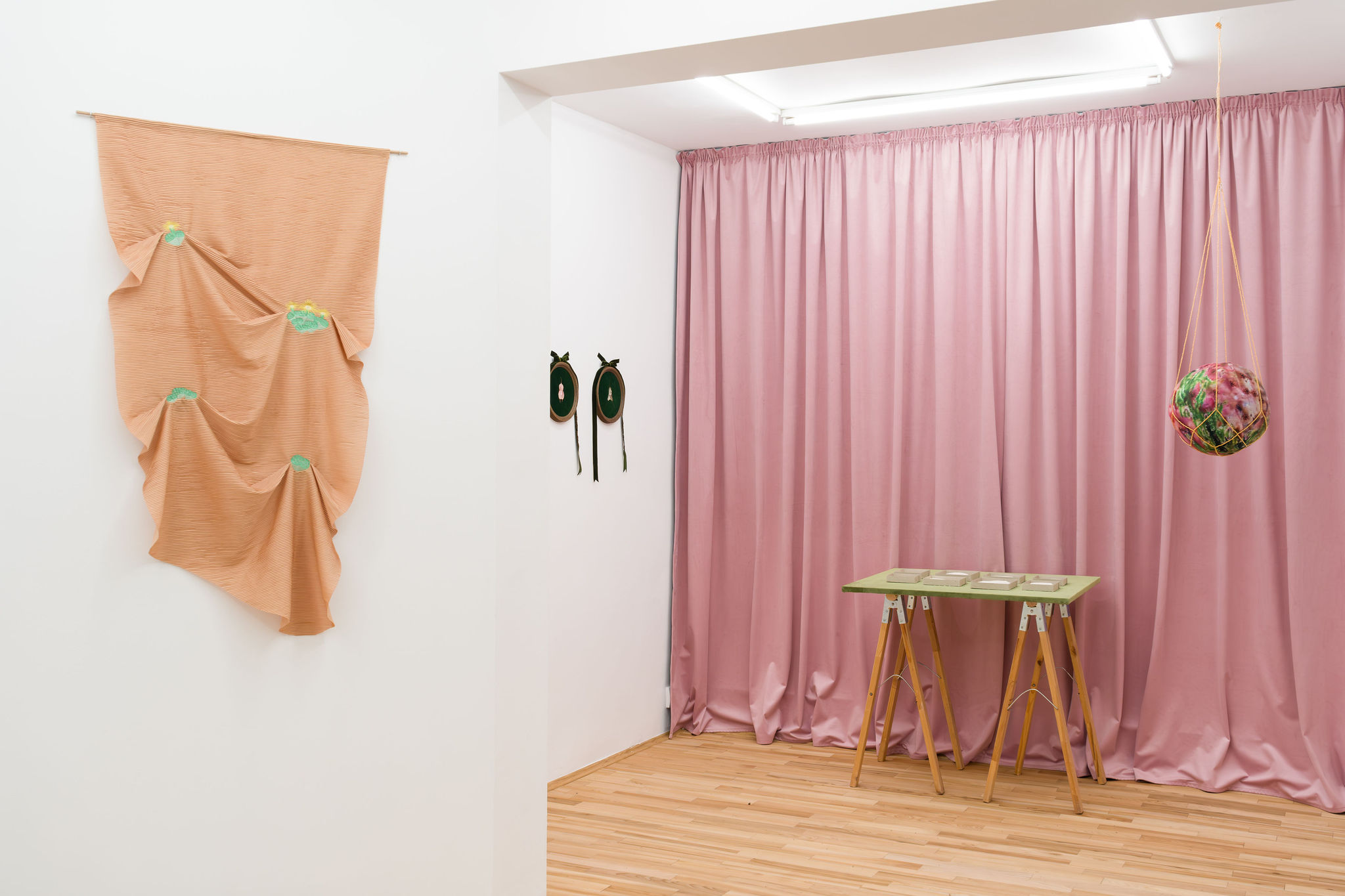
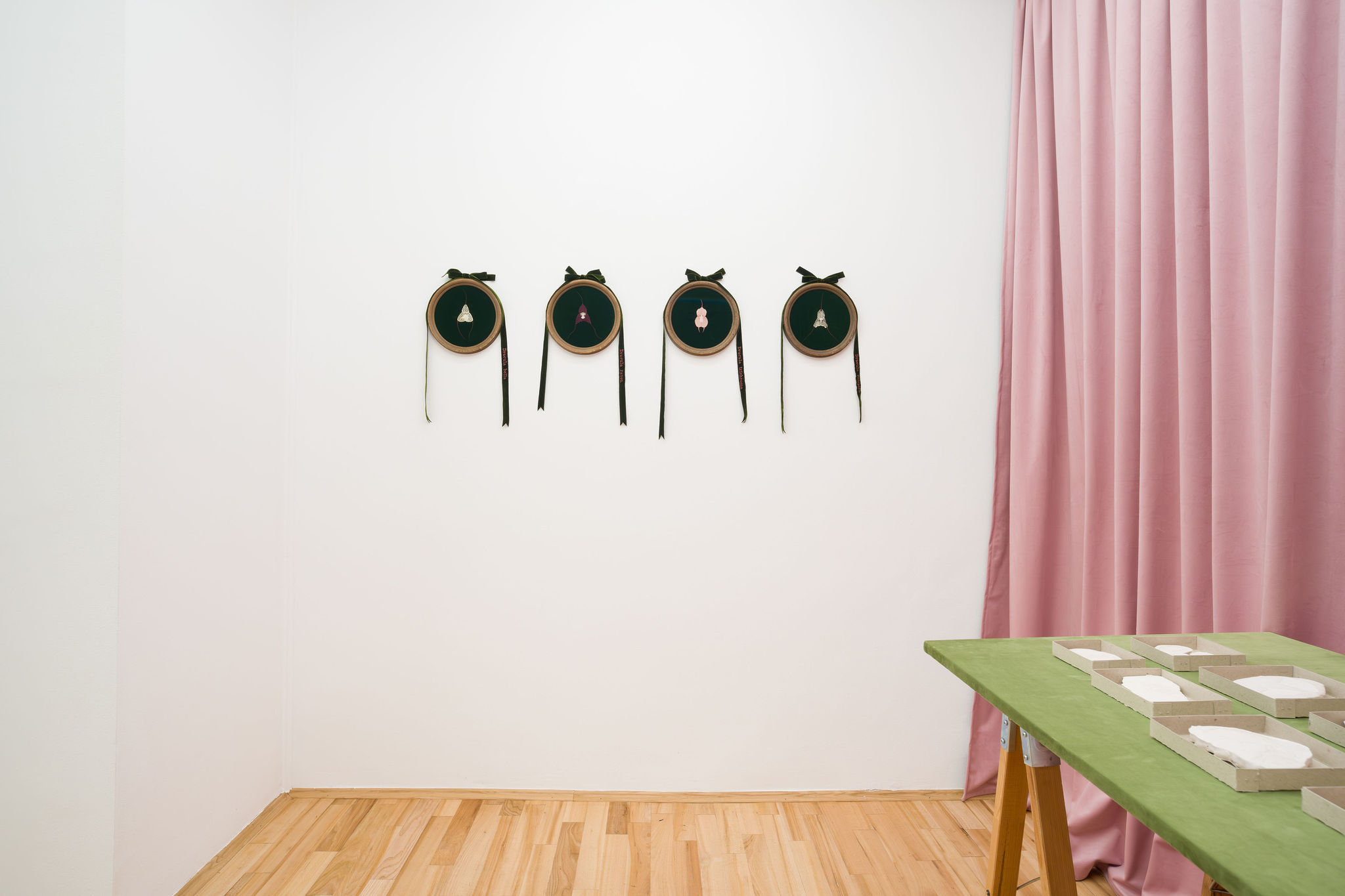
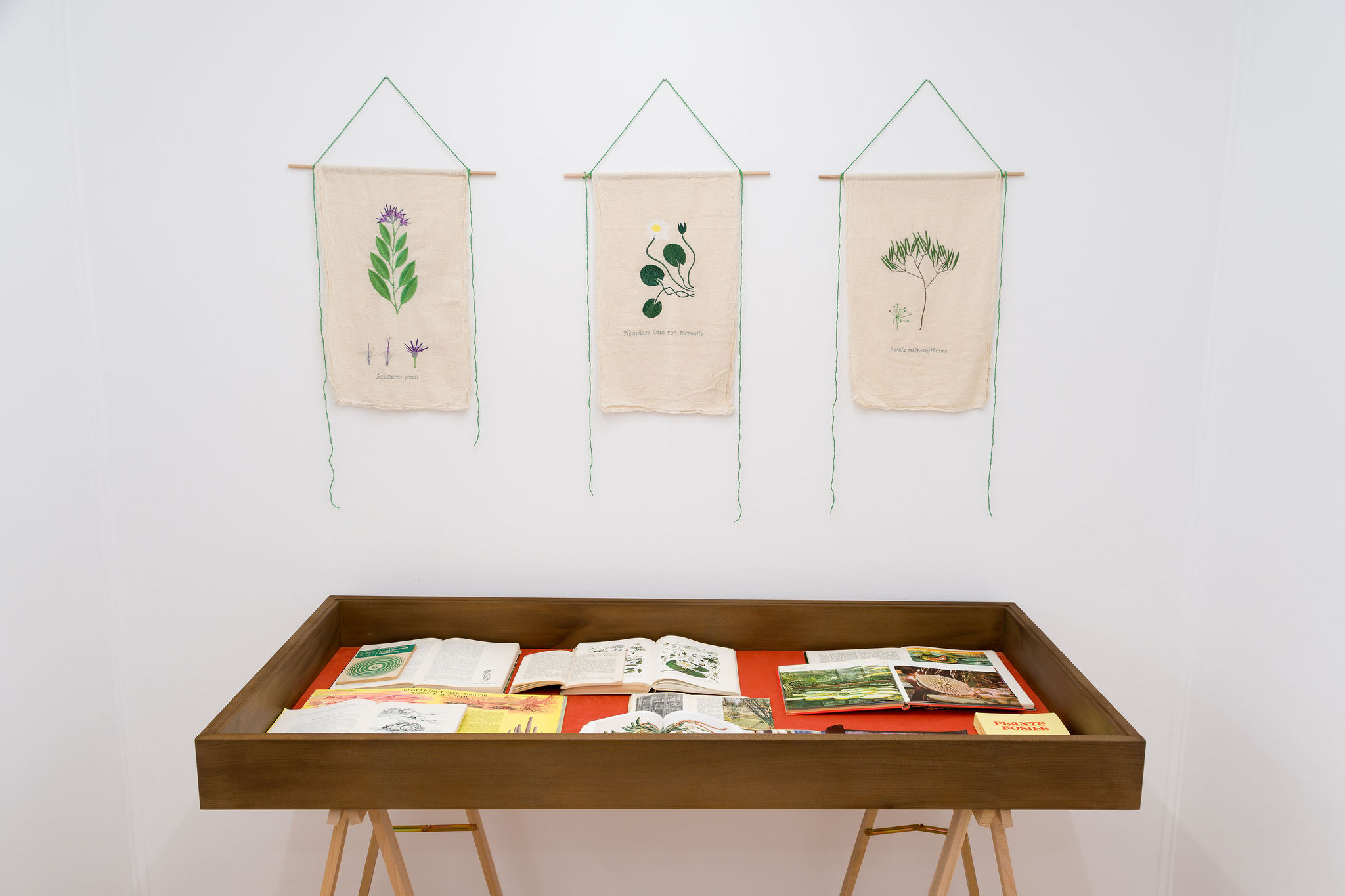
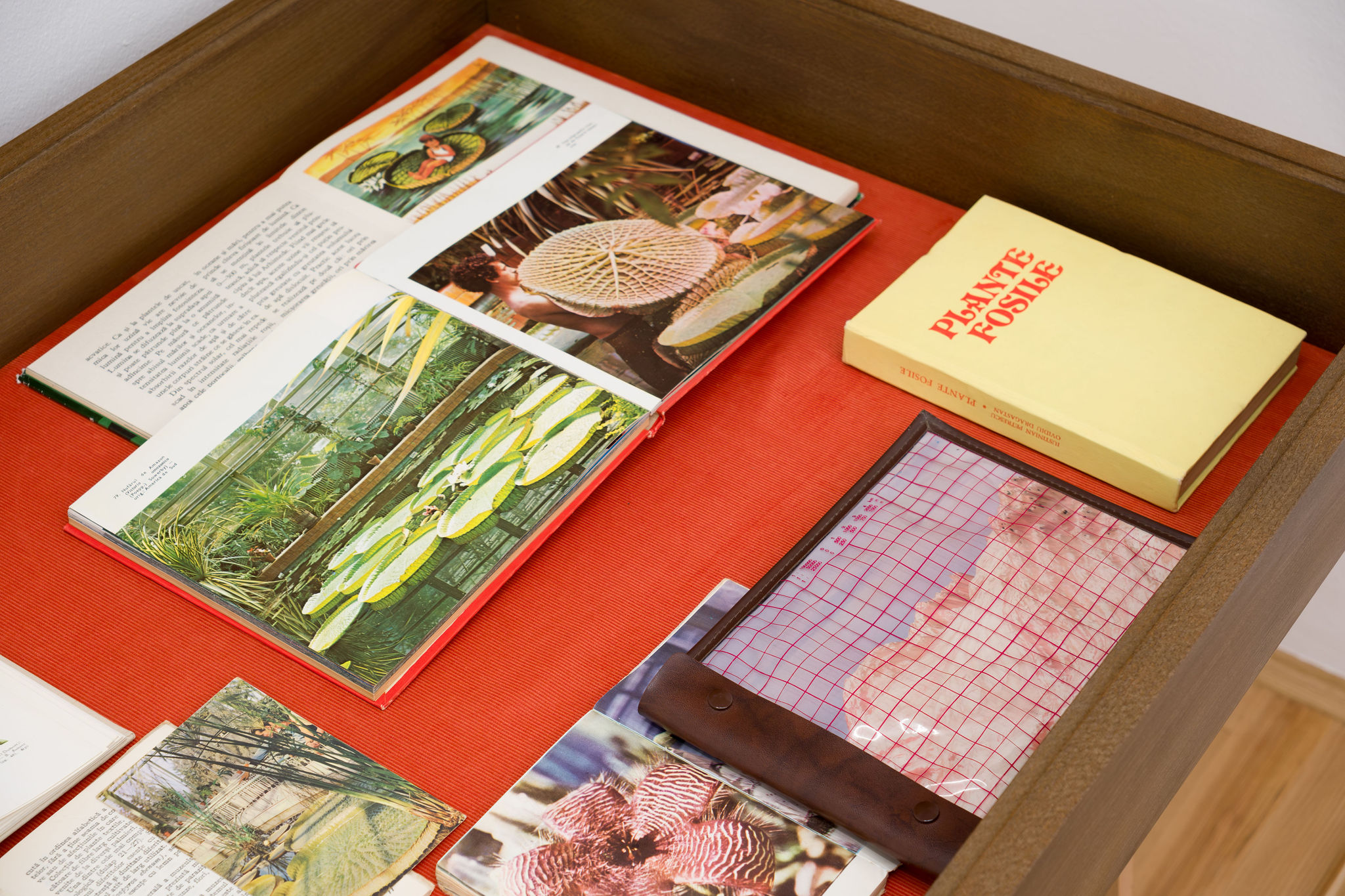
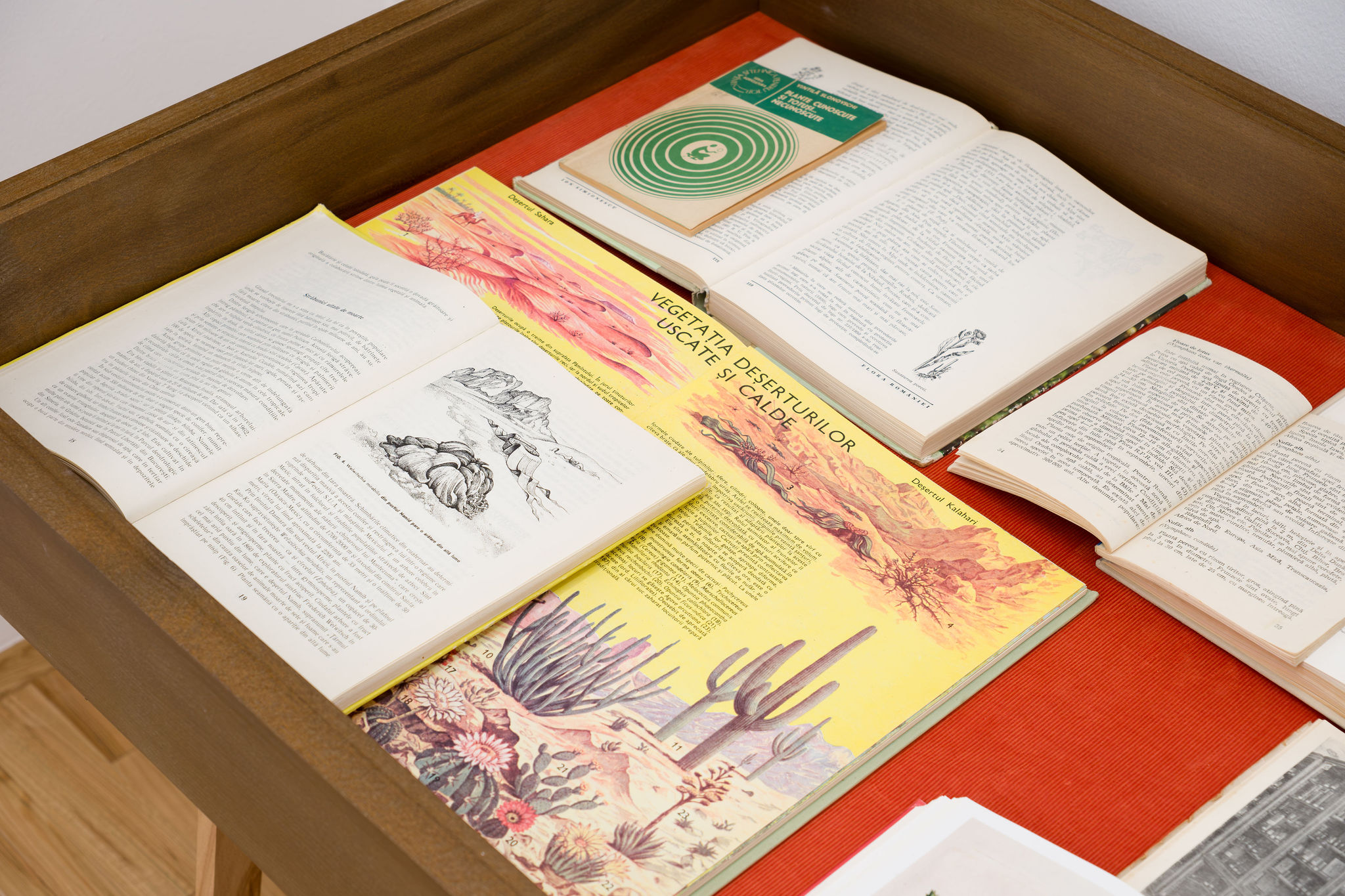
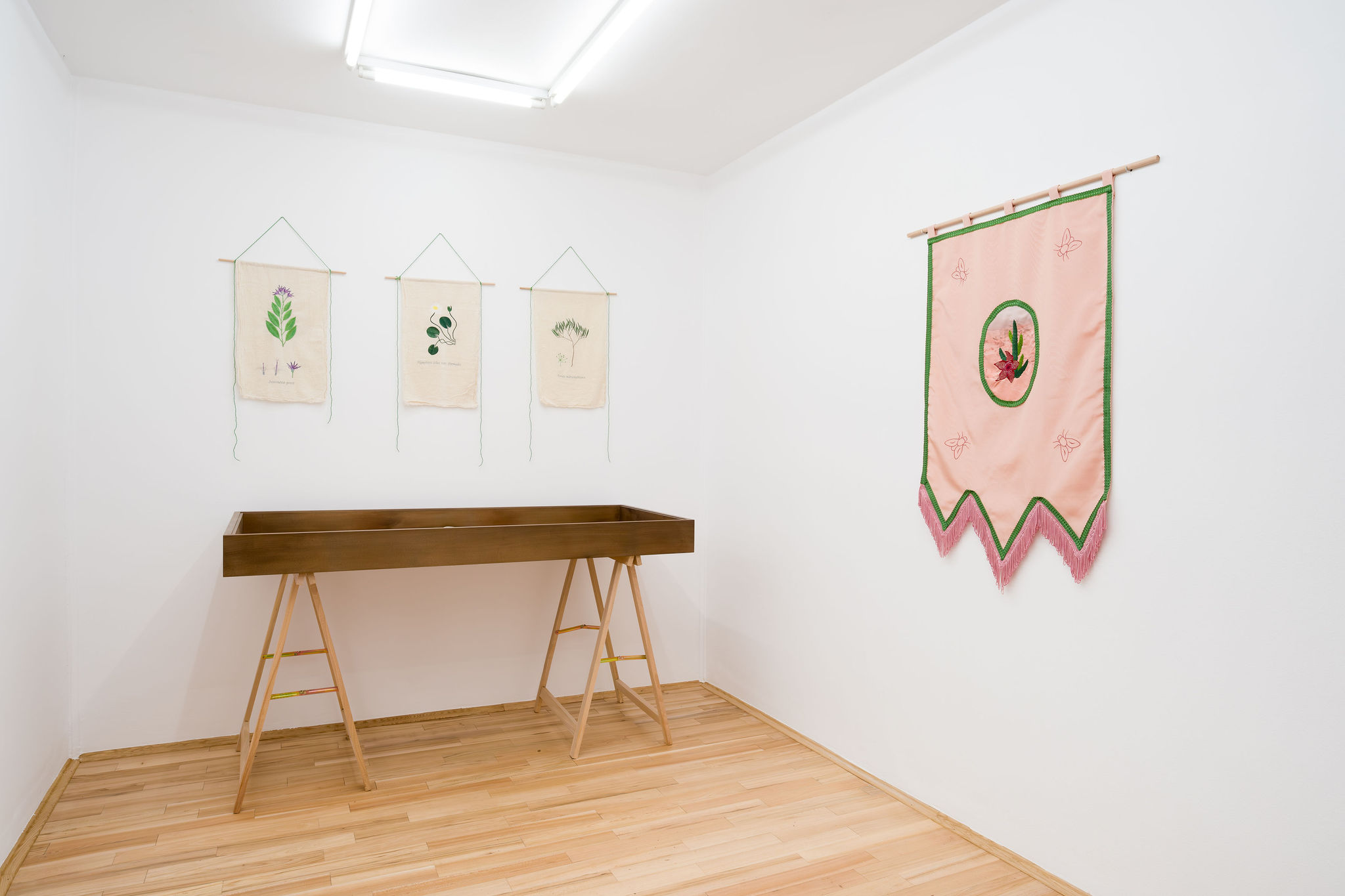
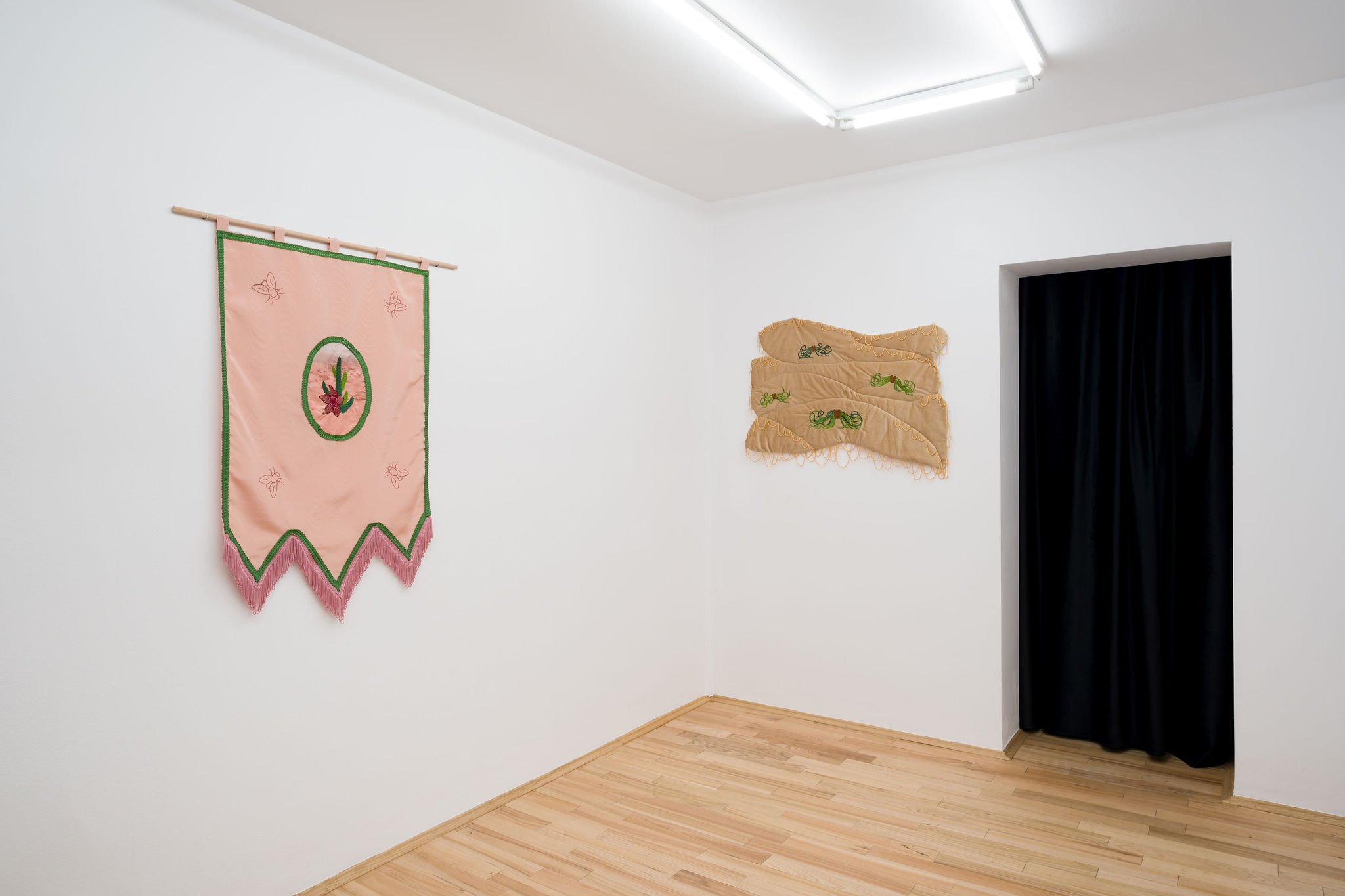
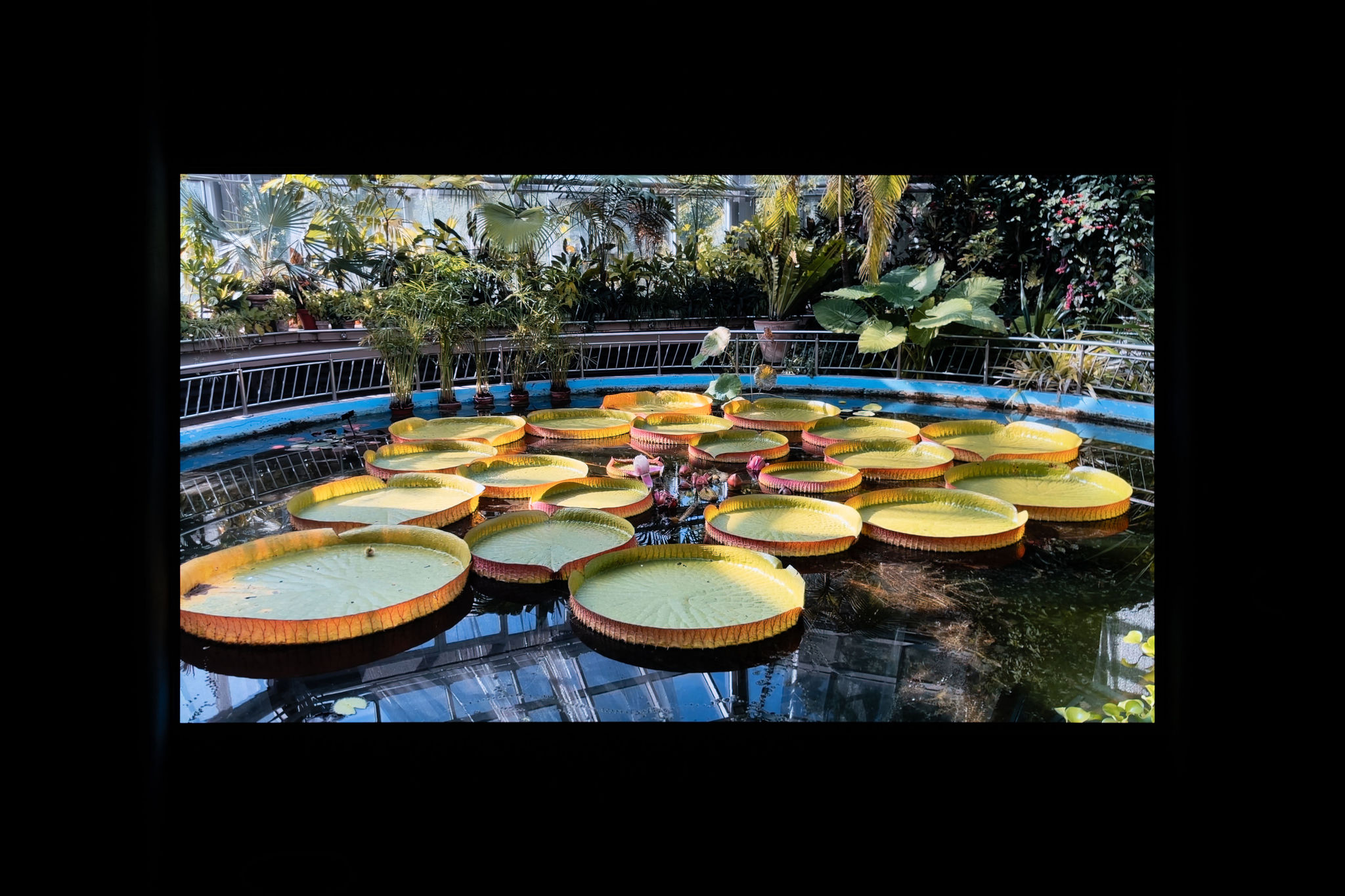
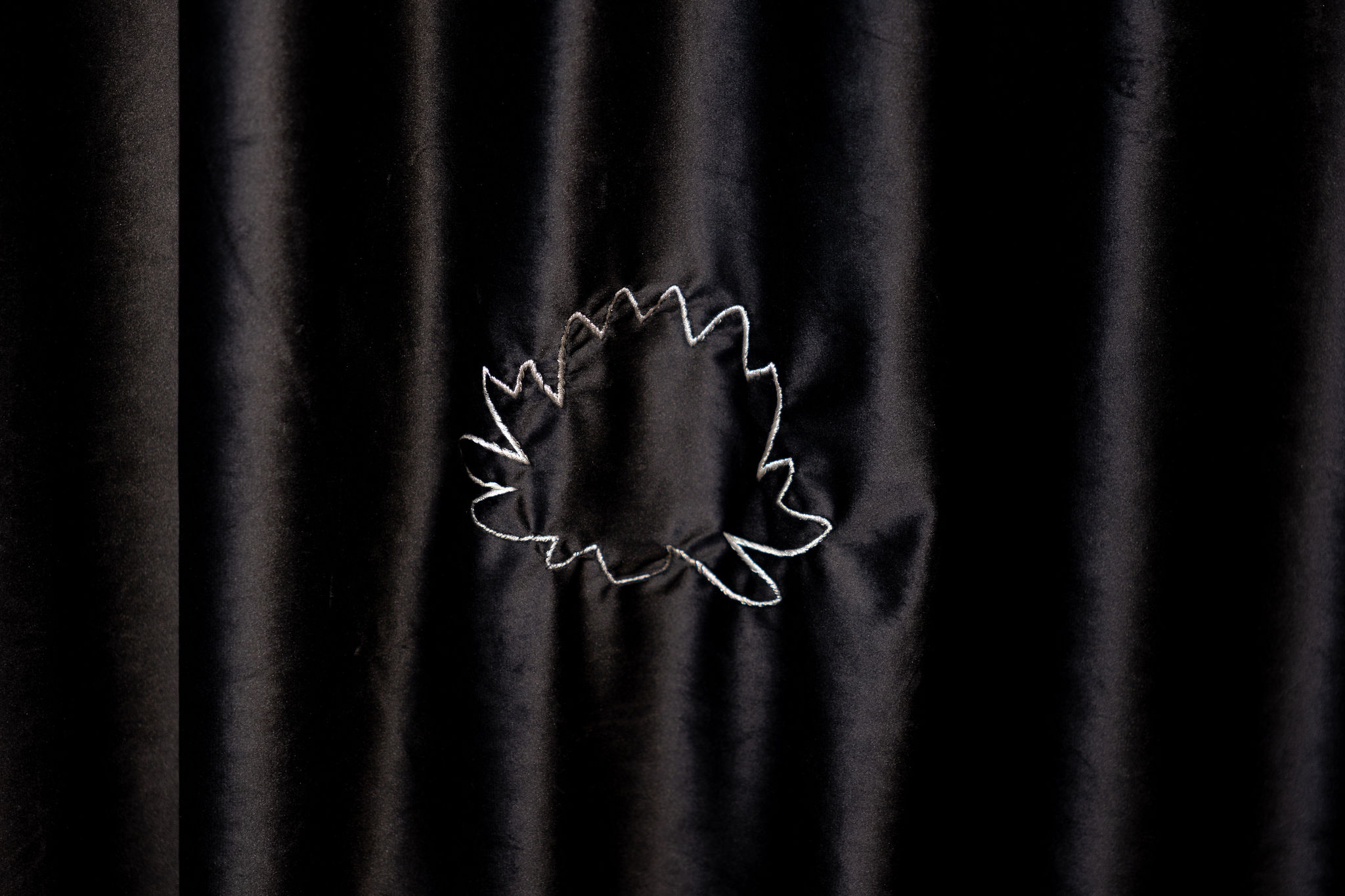
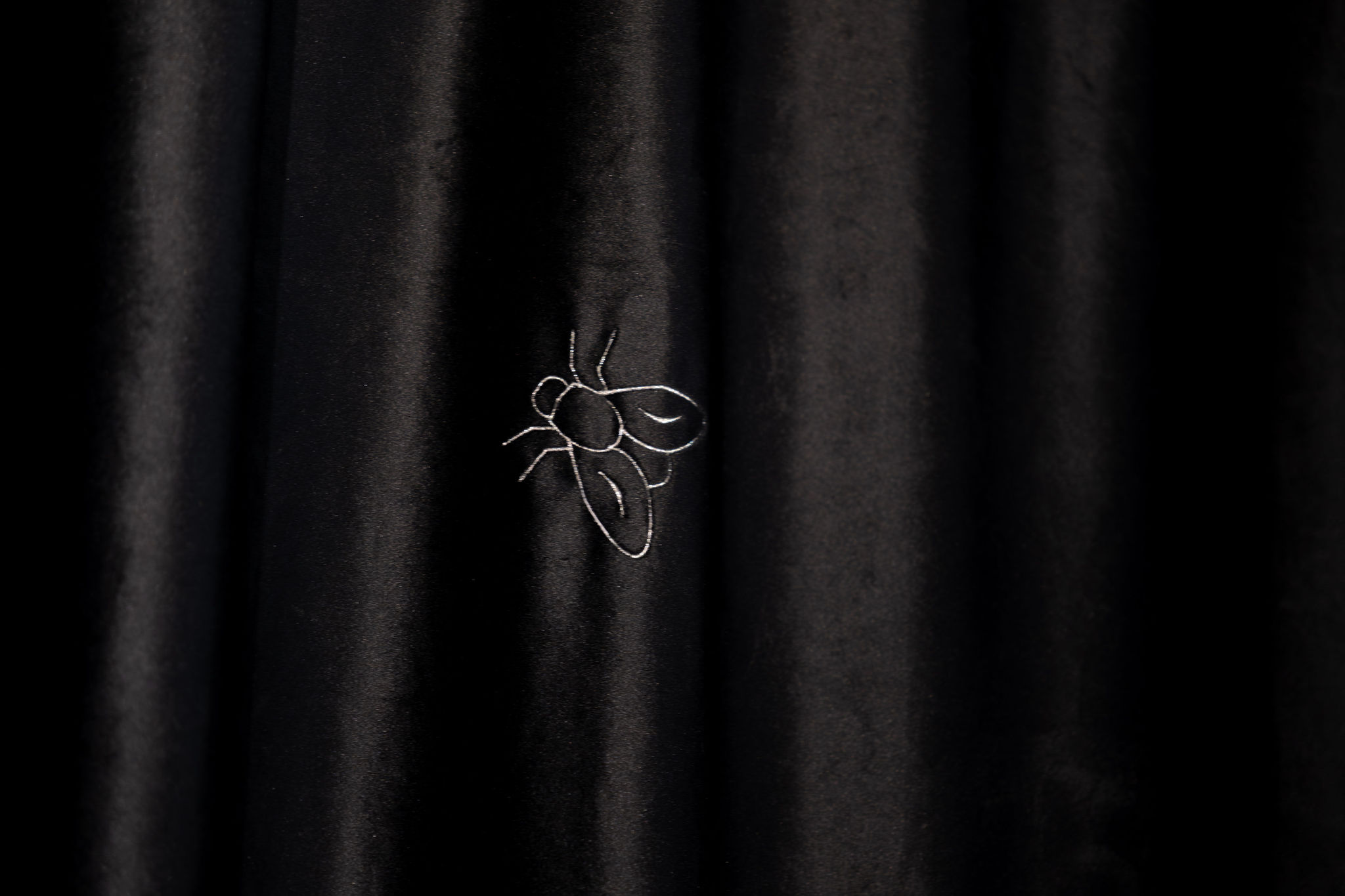
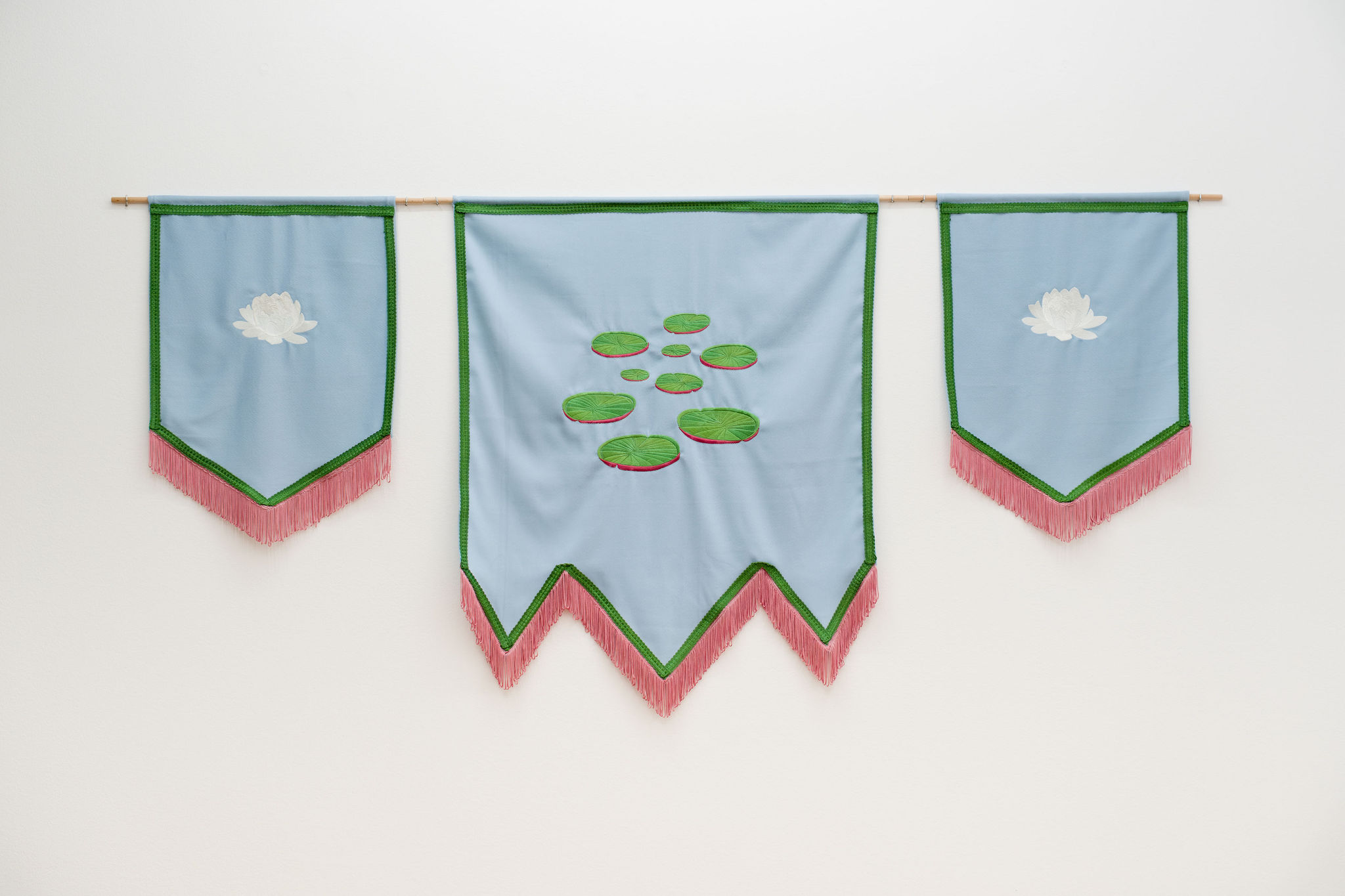
embroidery on textile, wooden dowels, decorative fringe and trim
195 x 92 cm
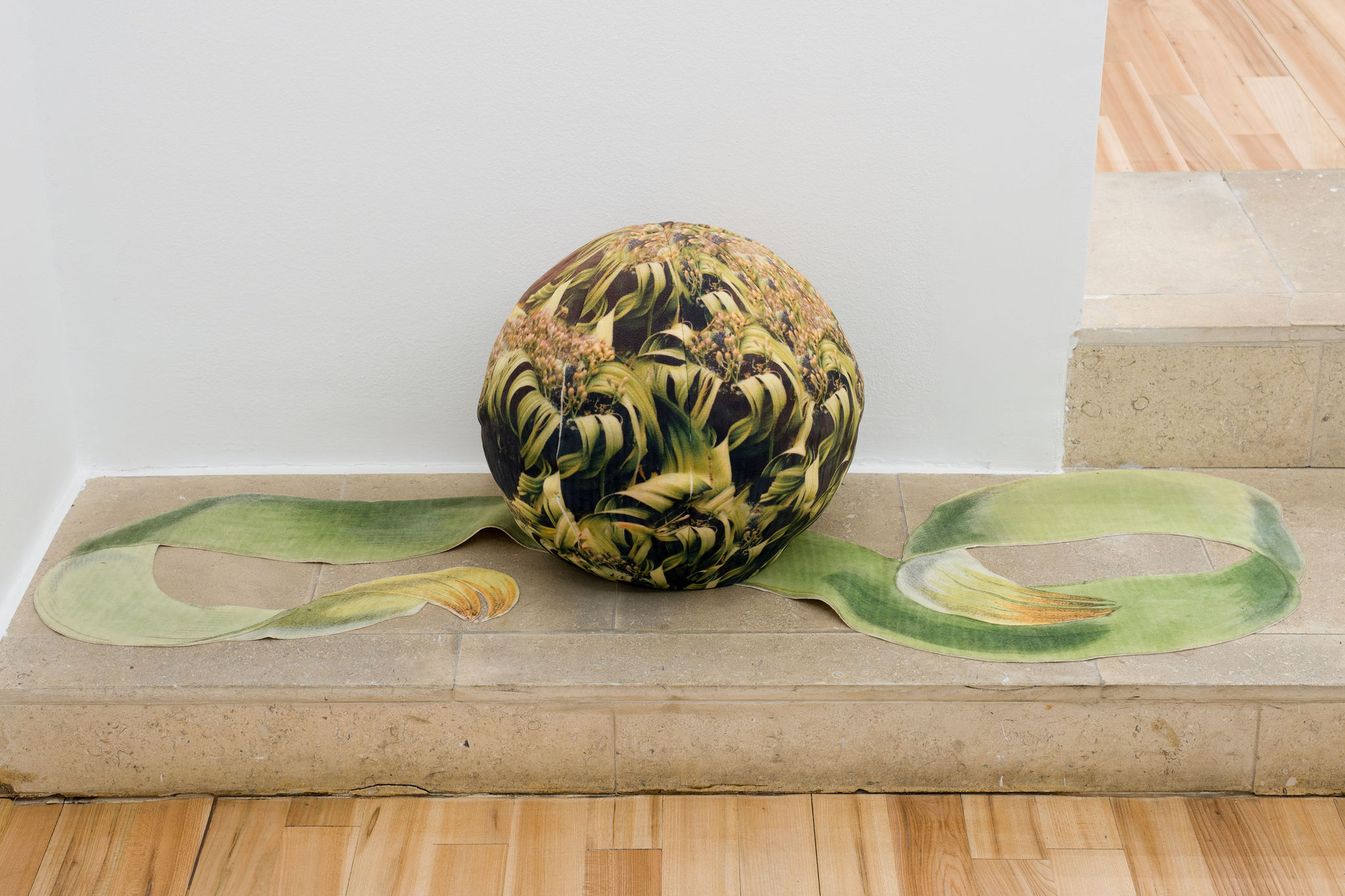
digital print on textile
150 x 35 cm
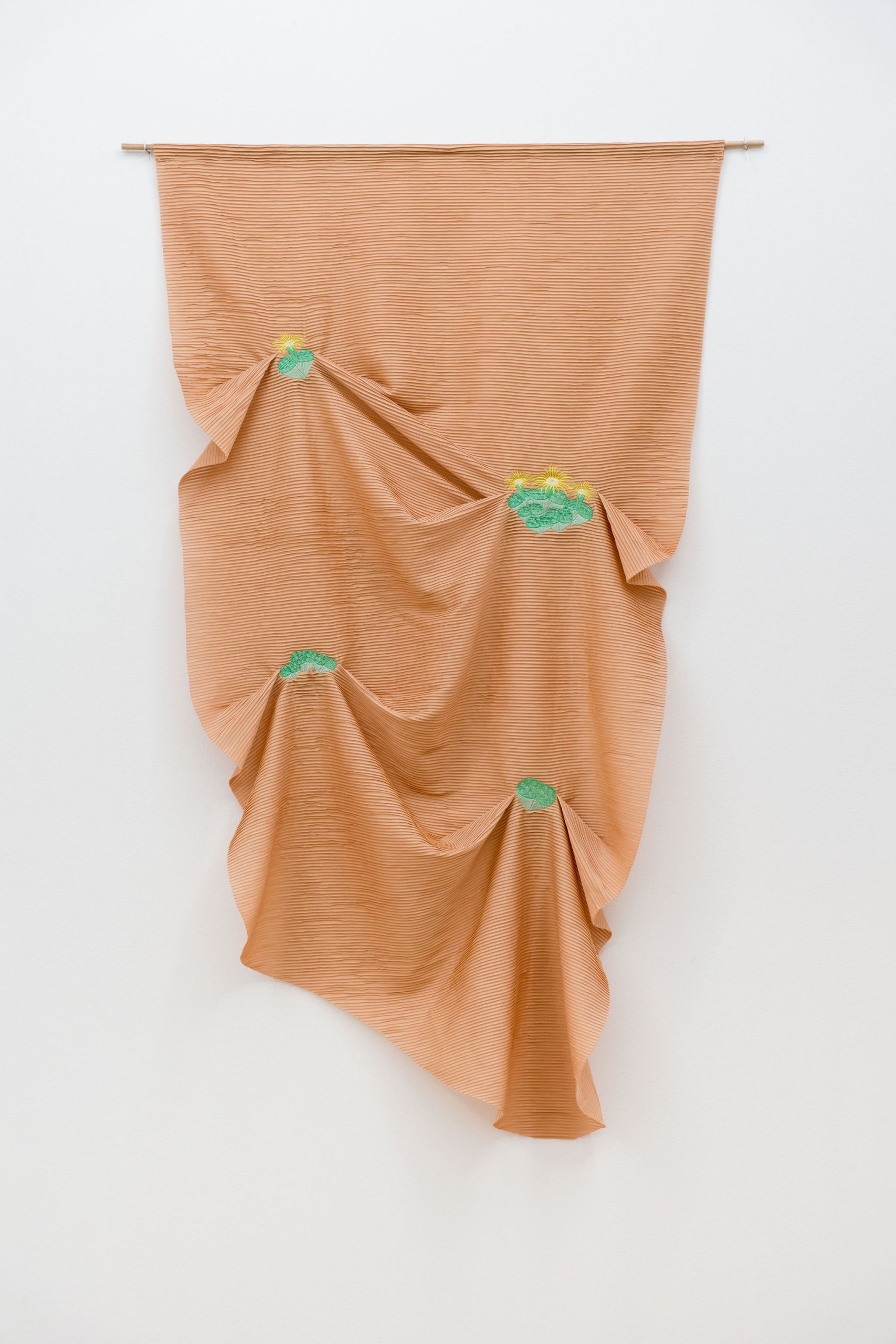
embroidery on textile, wooden dowel
130 x 83 cm
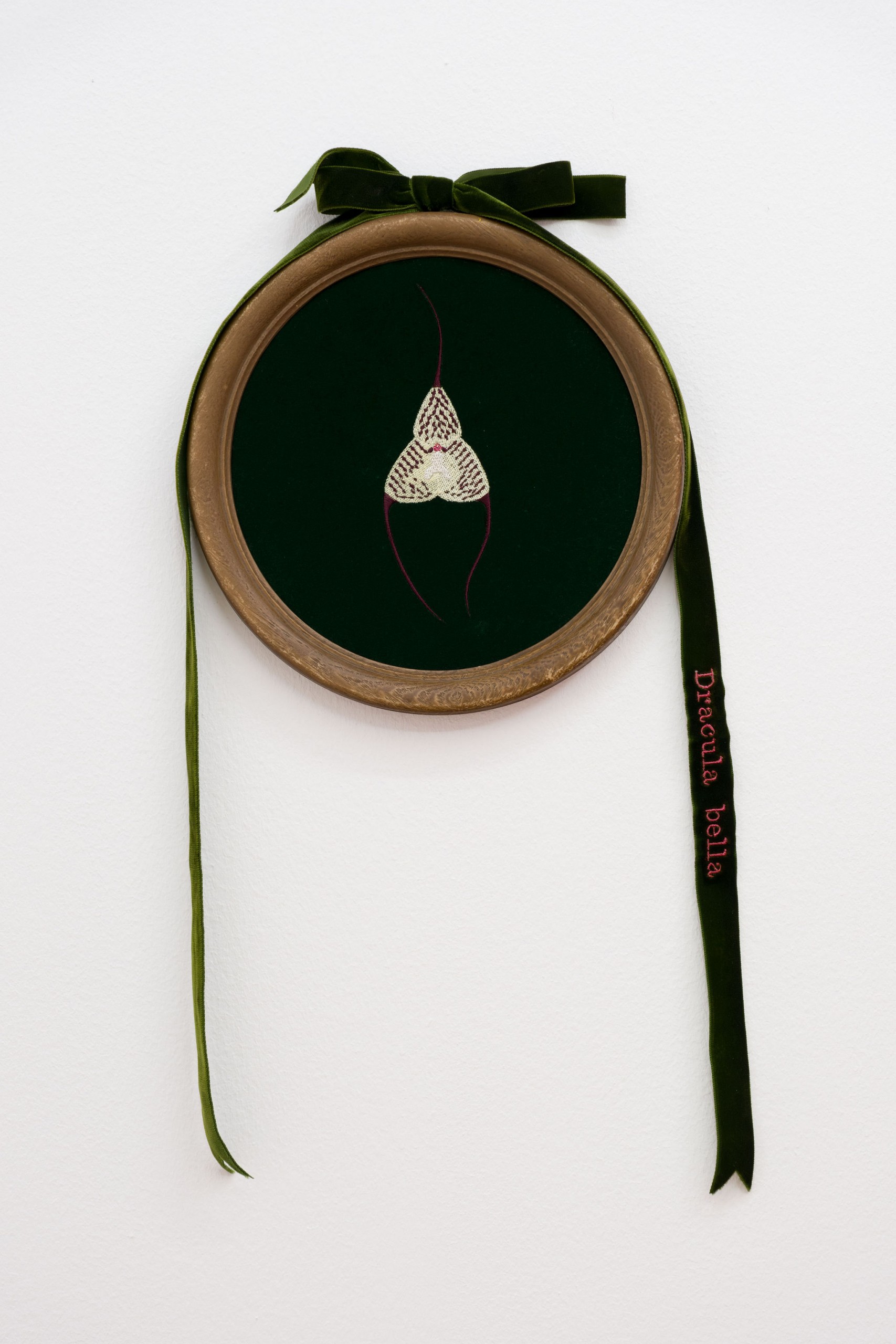
framed embroidery on velvet, embroidered velvet ribbon
55 x 25 cm
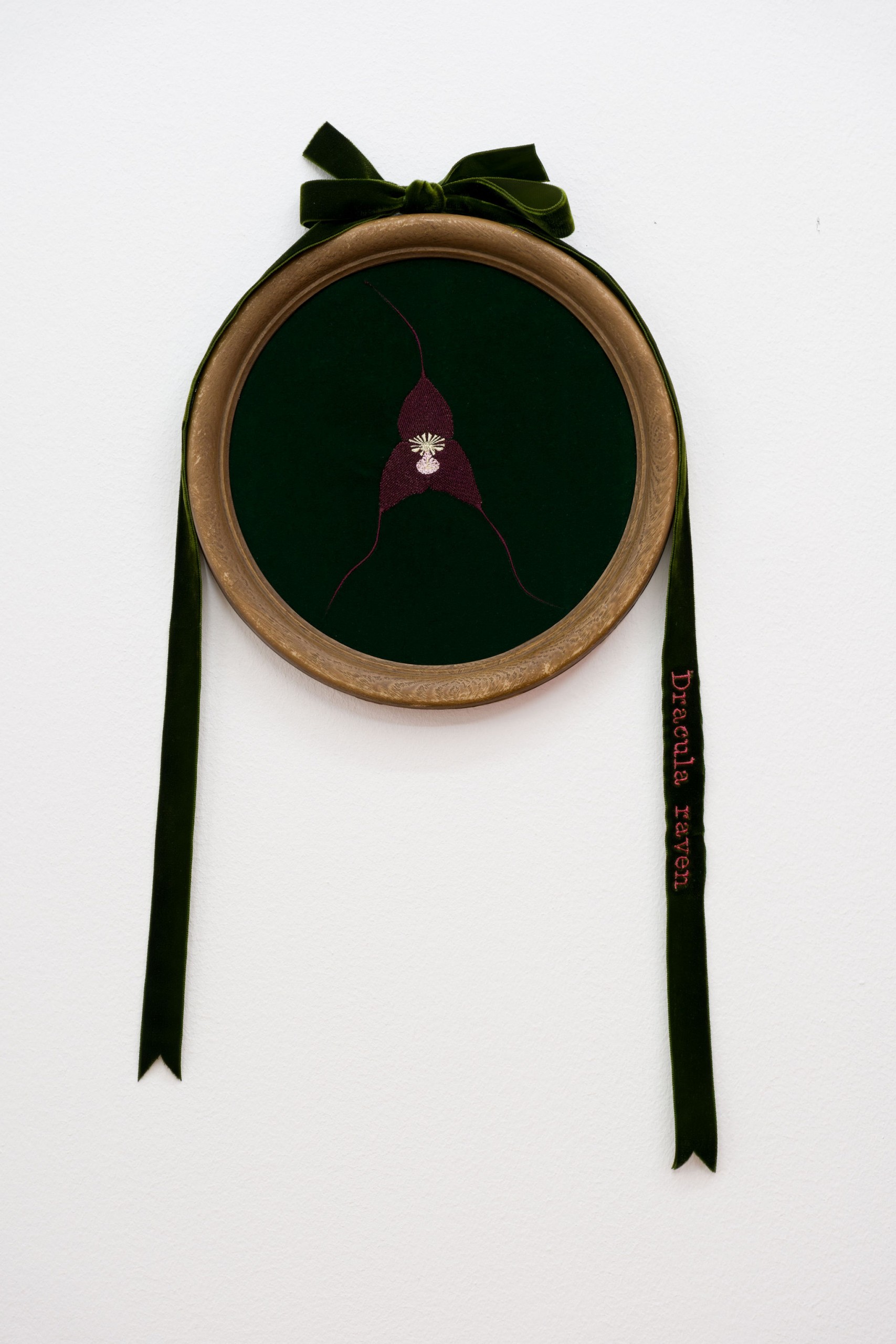
framed embroidery on velvet, embroidered velvet ribbon
54 x 25 cm
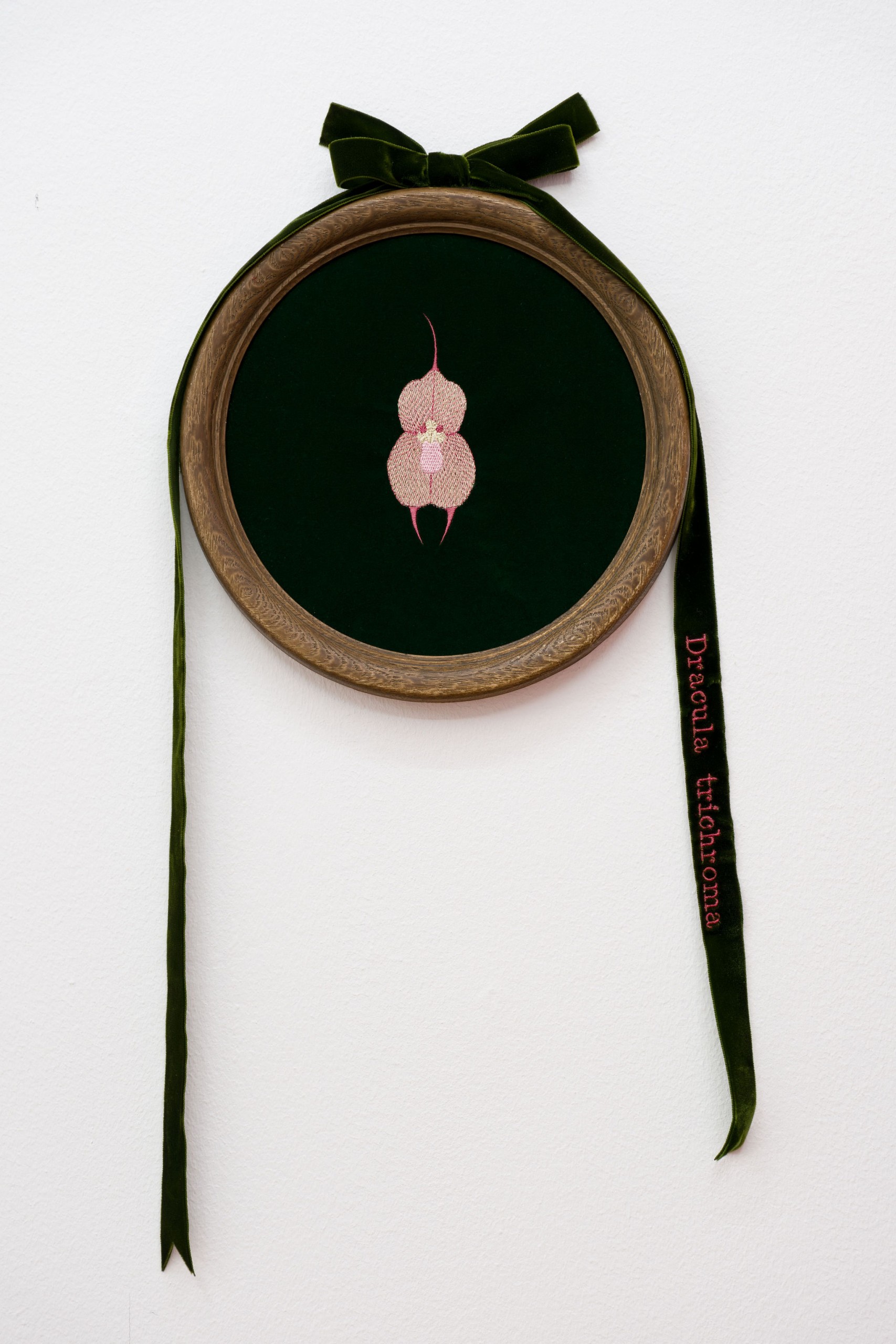
framed embroidery on velvet, embroidered velvet ribbon
58 x 25 cm
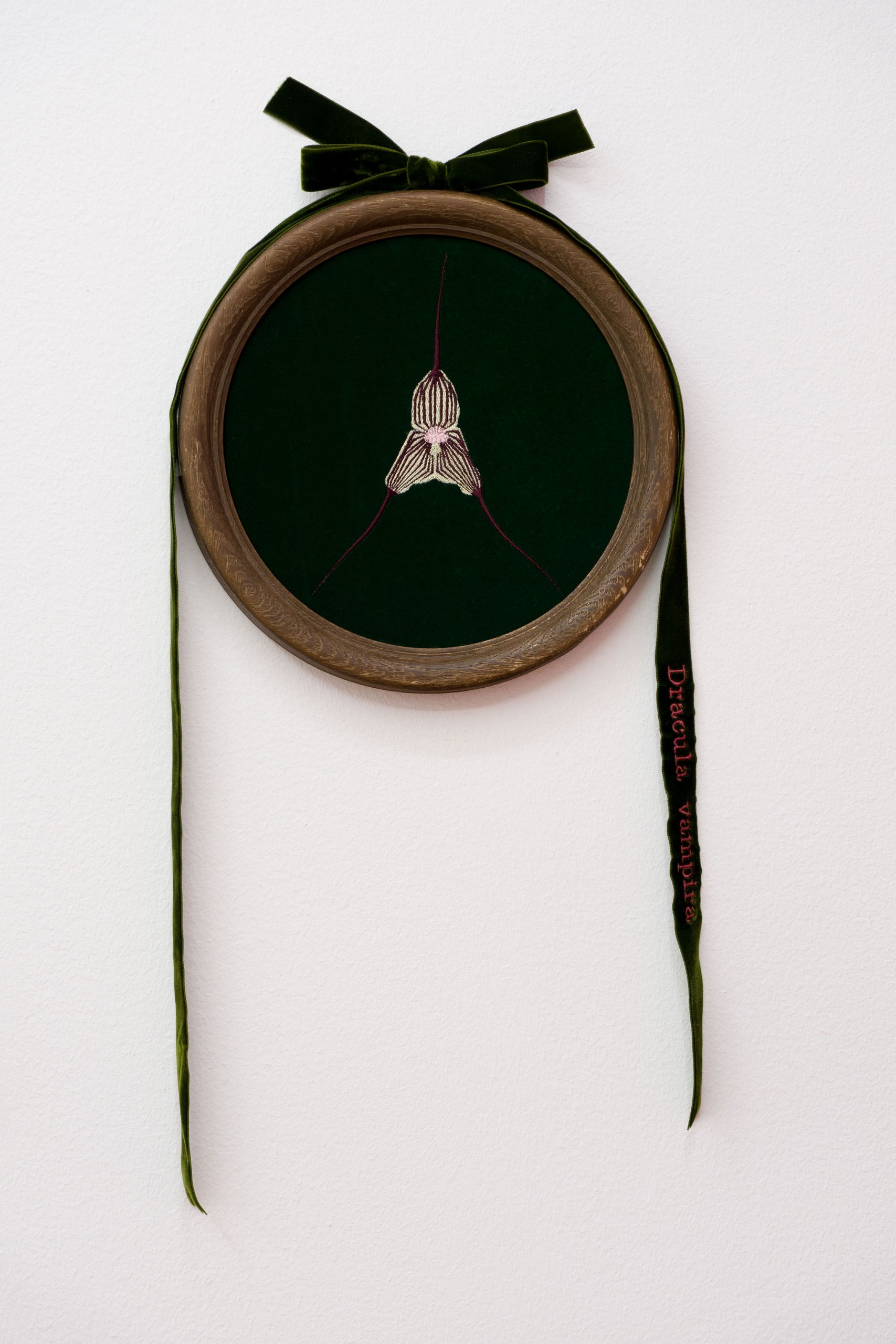
framed embroidery on velvet, embroidered velvet ribbon
57 x 25 cm
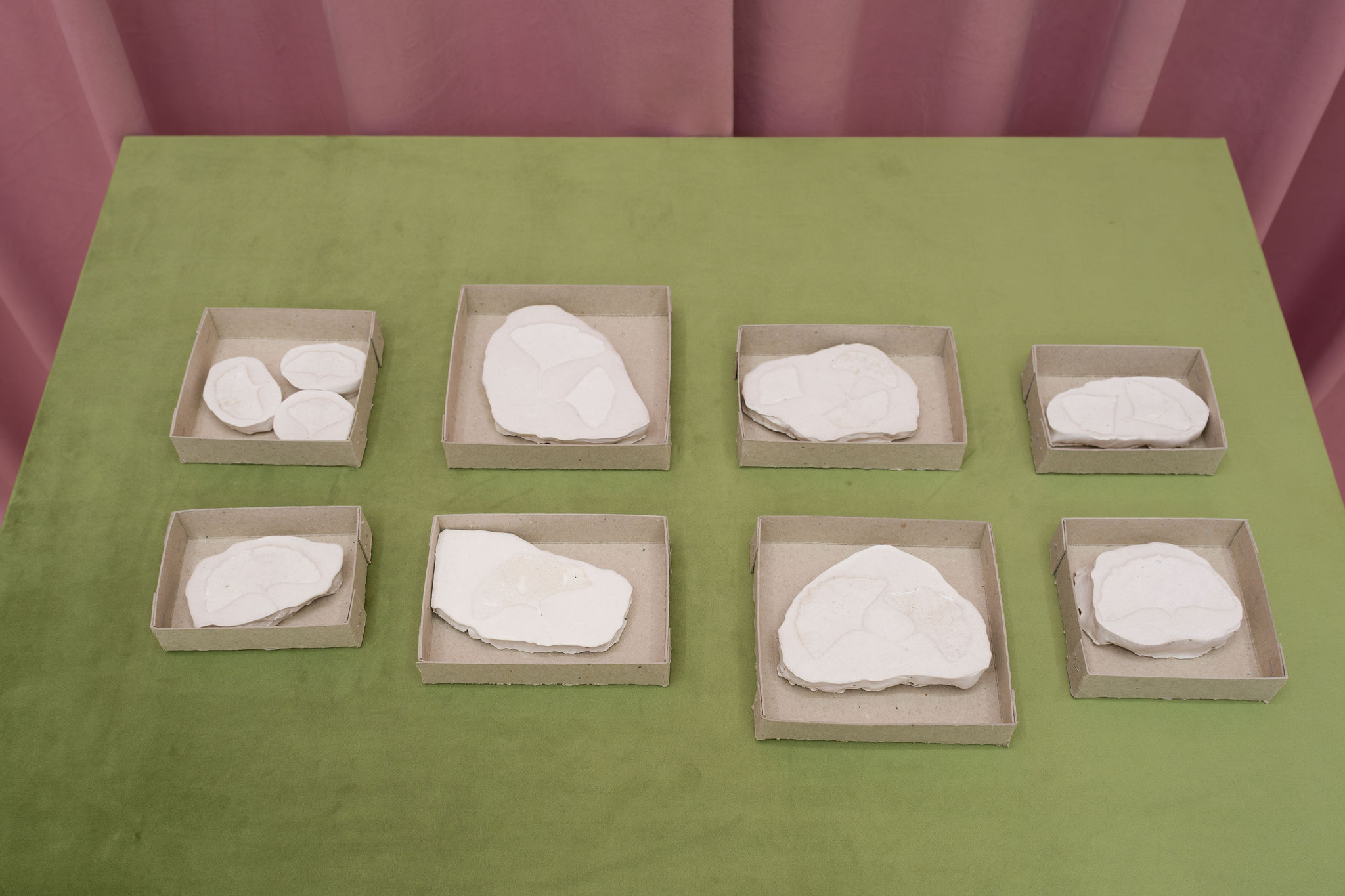
water-based resin, paperboard
variable dimensions
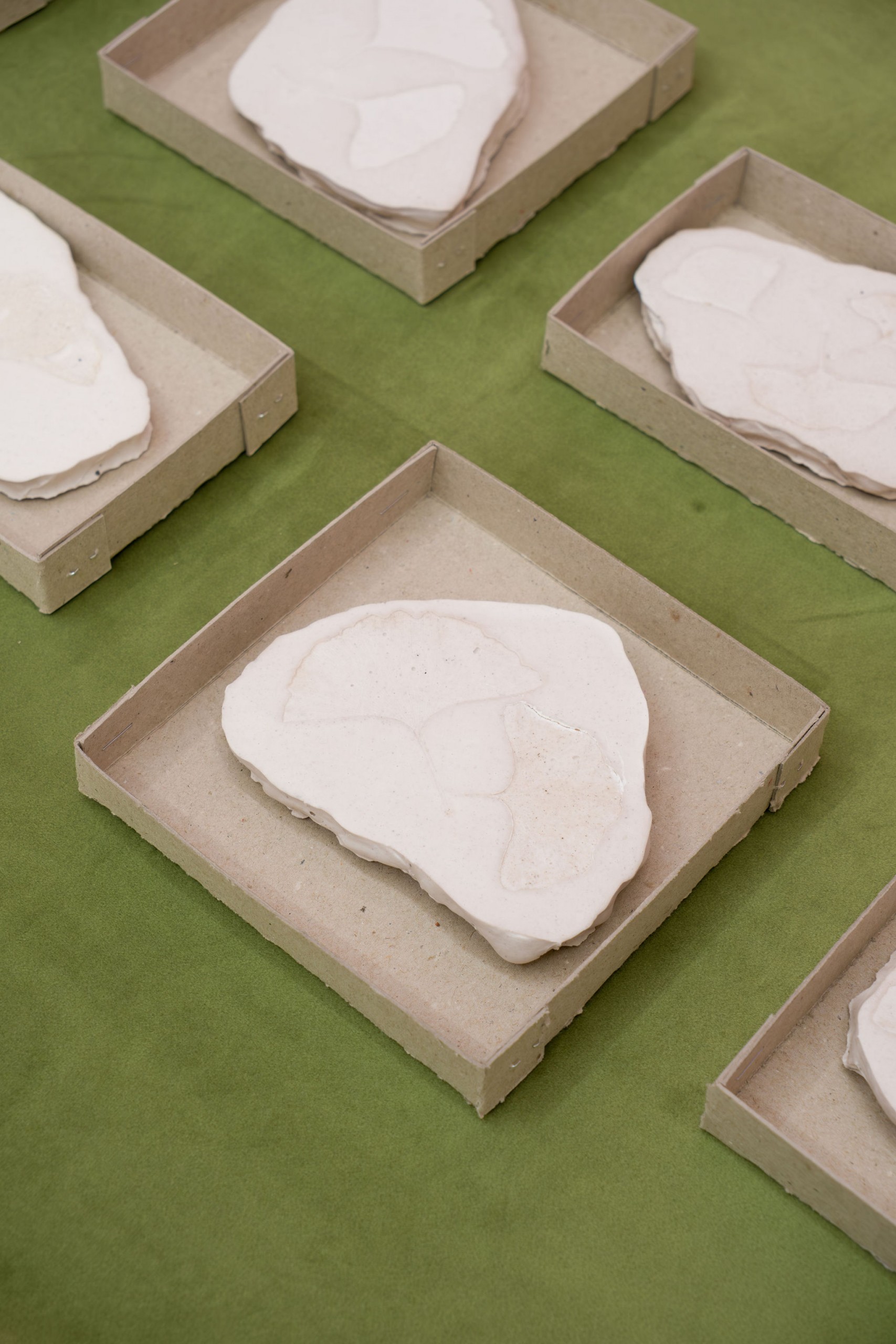
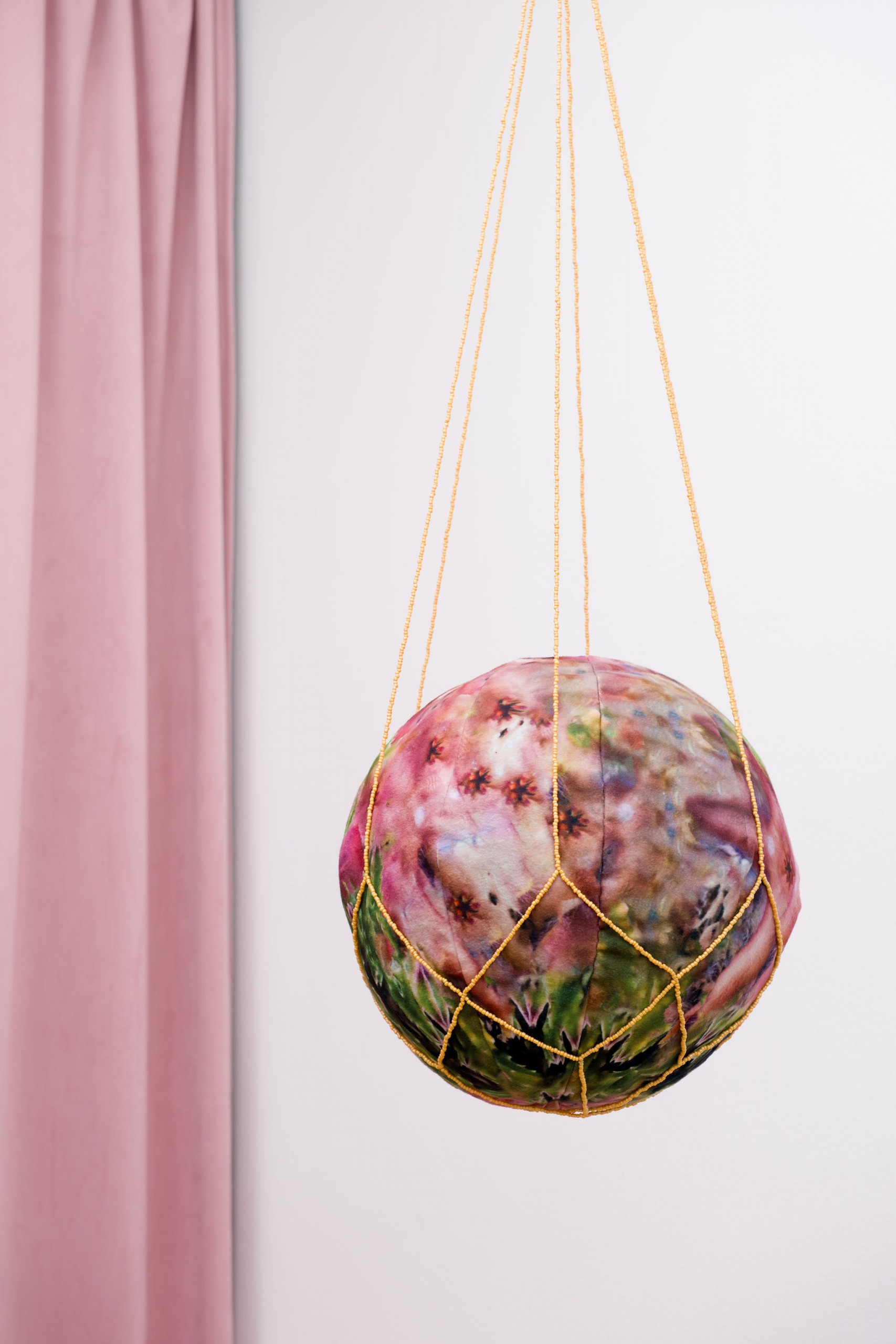
digital print on textile, glass beads
226 x 30 cm
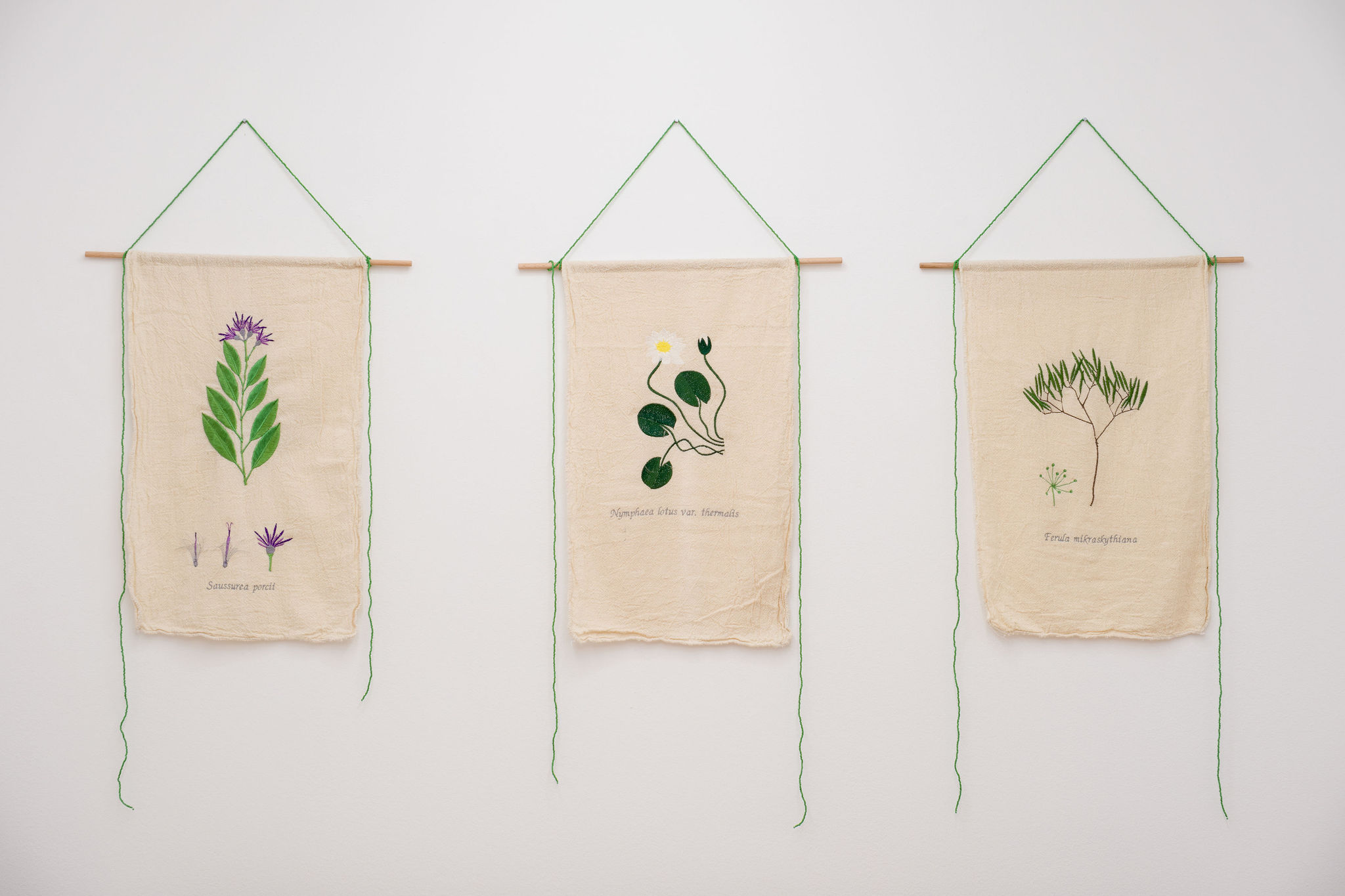
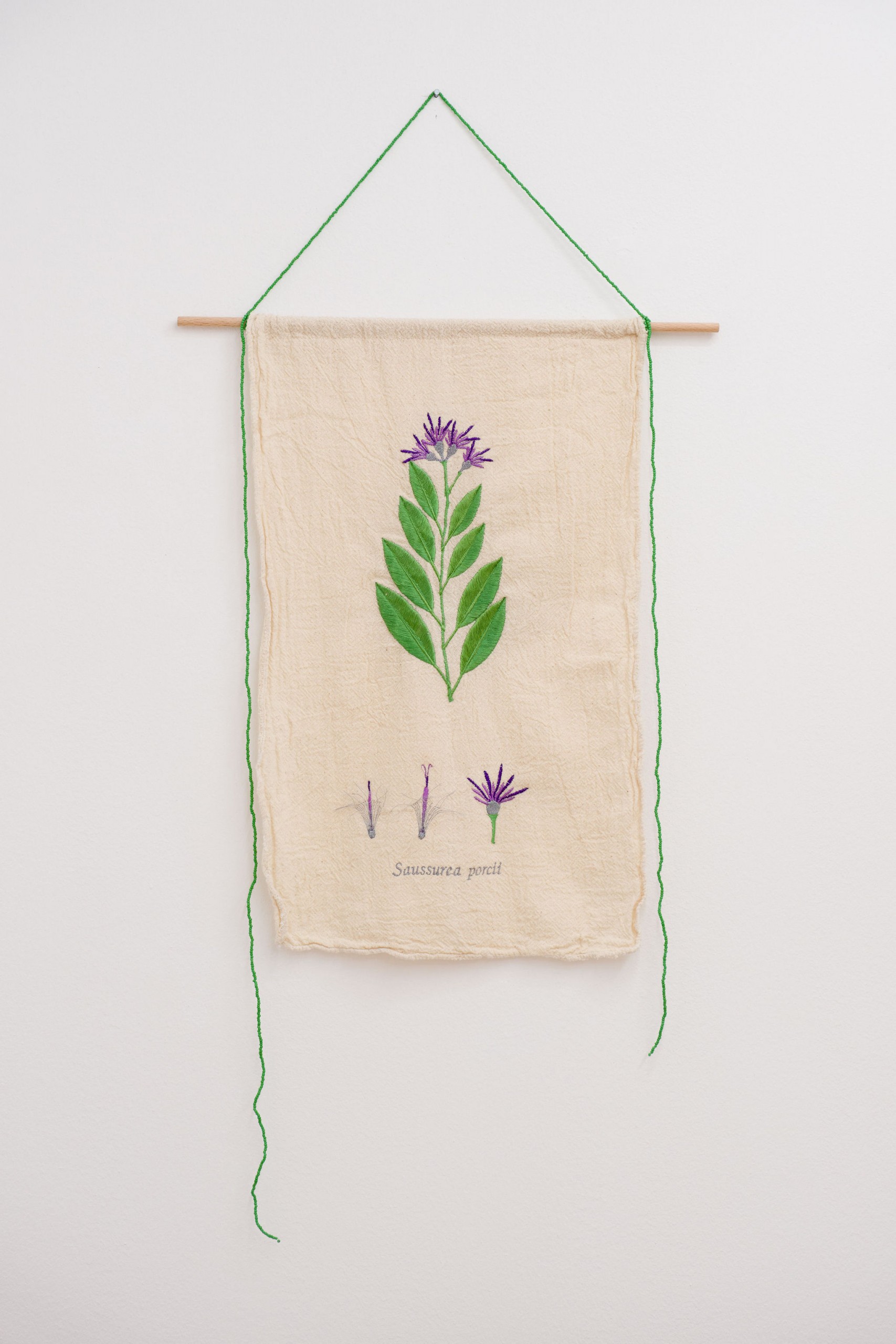
embroidery on recycled cotton, glass beads, wooden dowel
93 x 43 cm
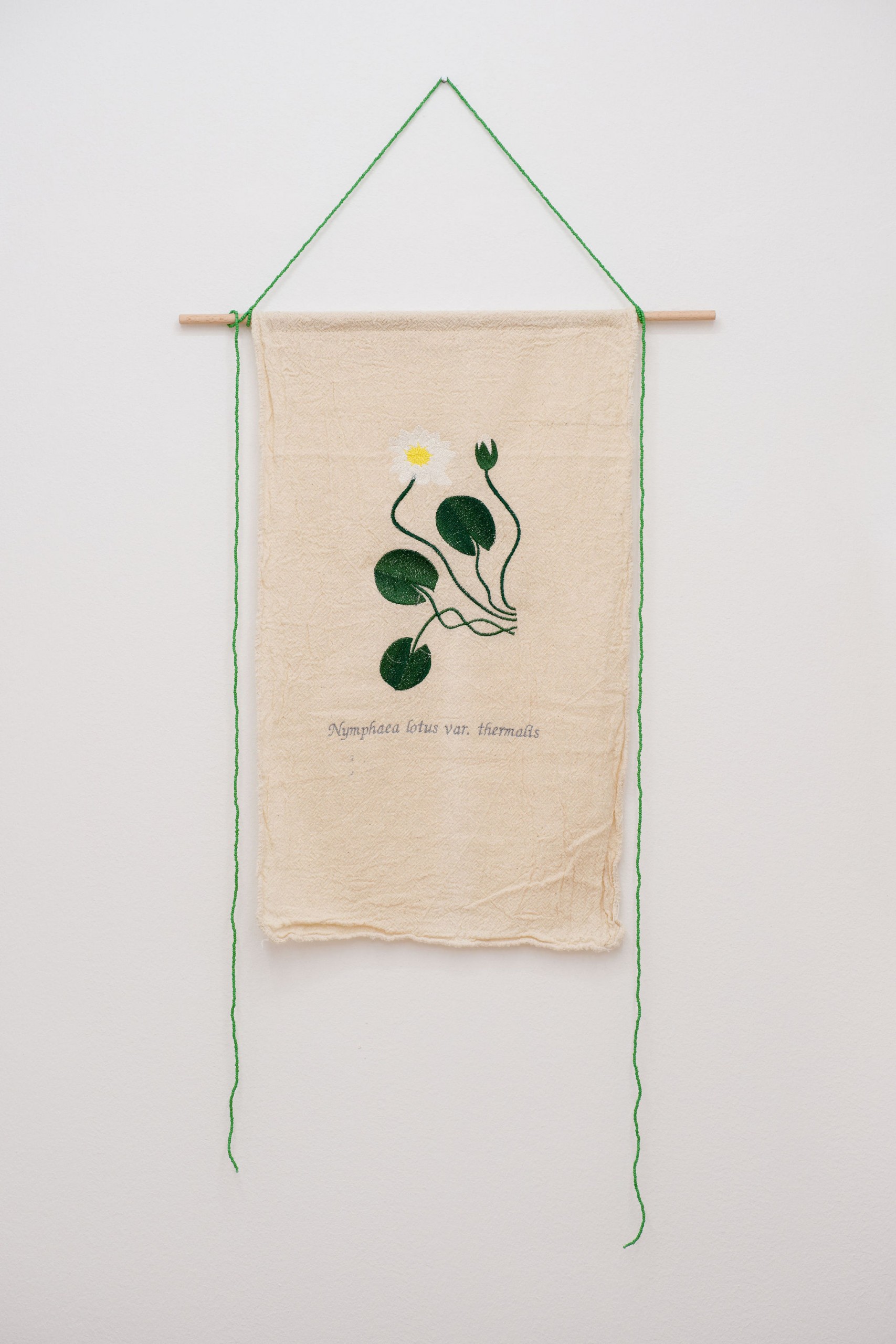
embroidery on recycled cotton, glass beads, wooden dowel
93 x 43 cm
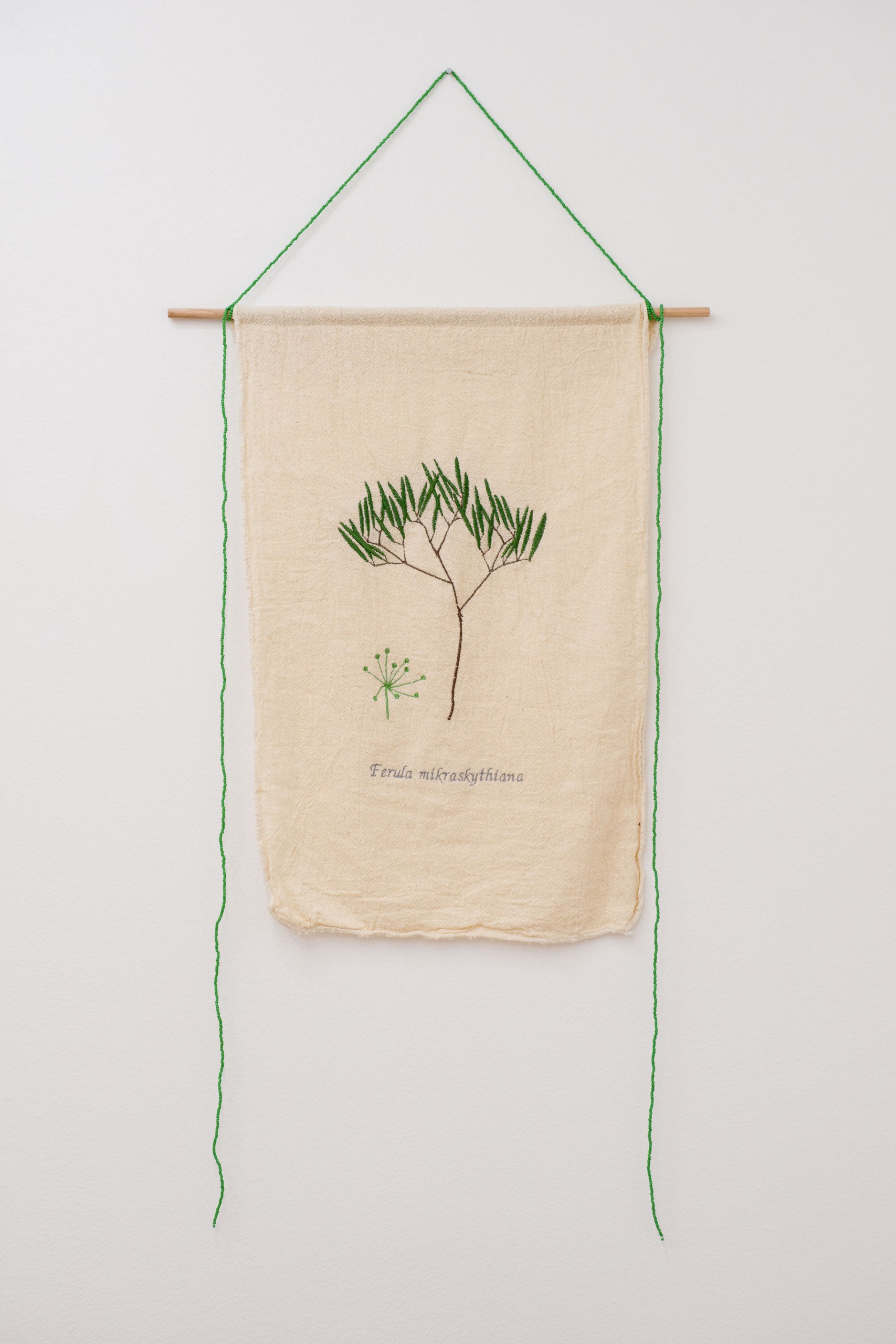
embroidery on recycled cotton, glass beads, wooden dowel
93 x 43 cm
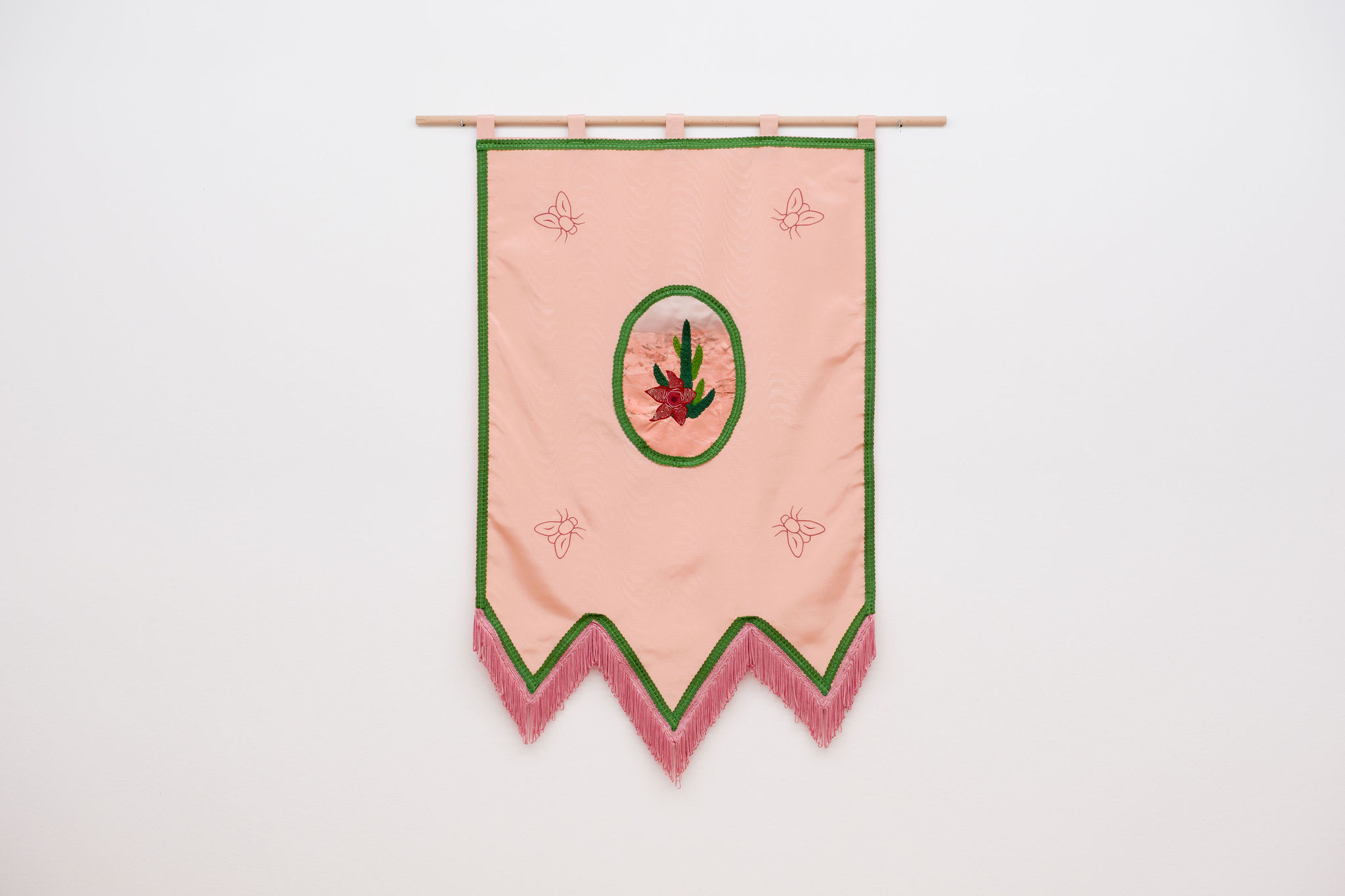
embroidery, digital print on textile, wooden dowel,
decorative fringe and trim
108 x 85 cm
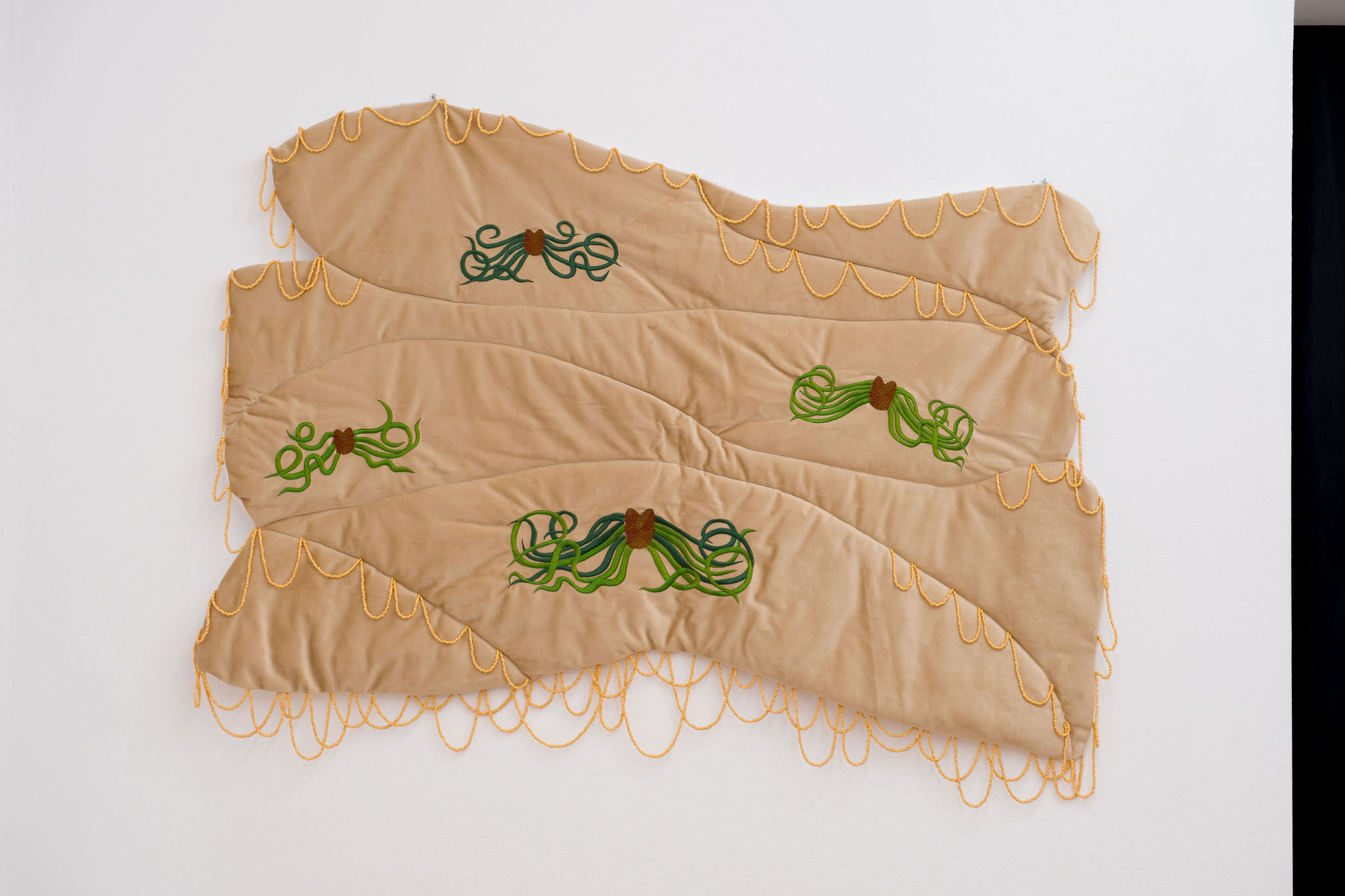
embroidery on textile, glass beads
68 x 91 cm
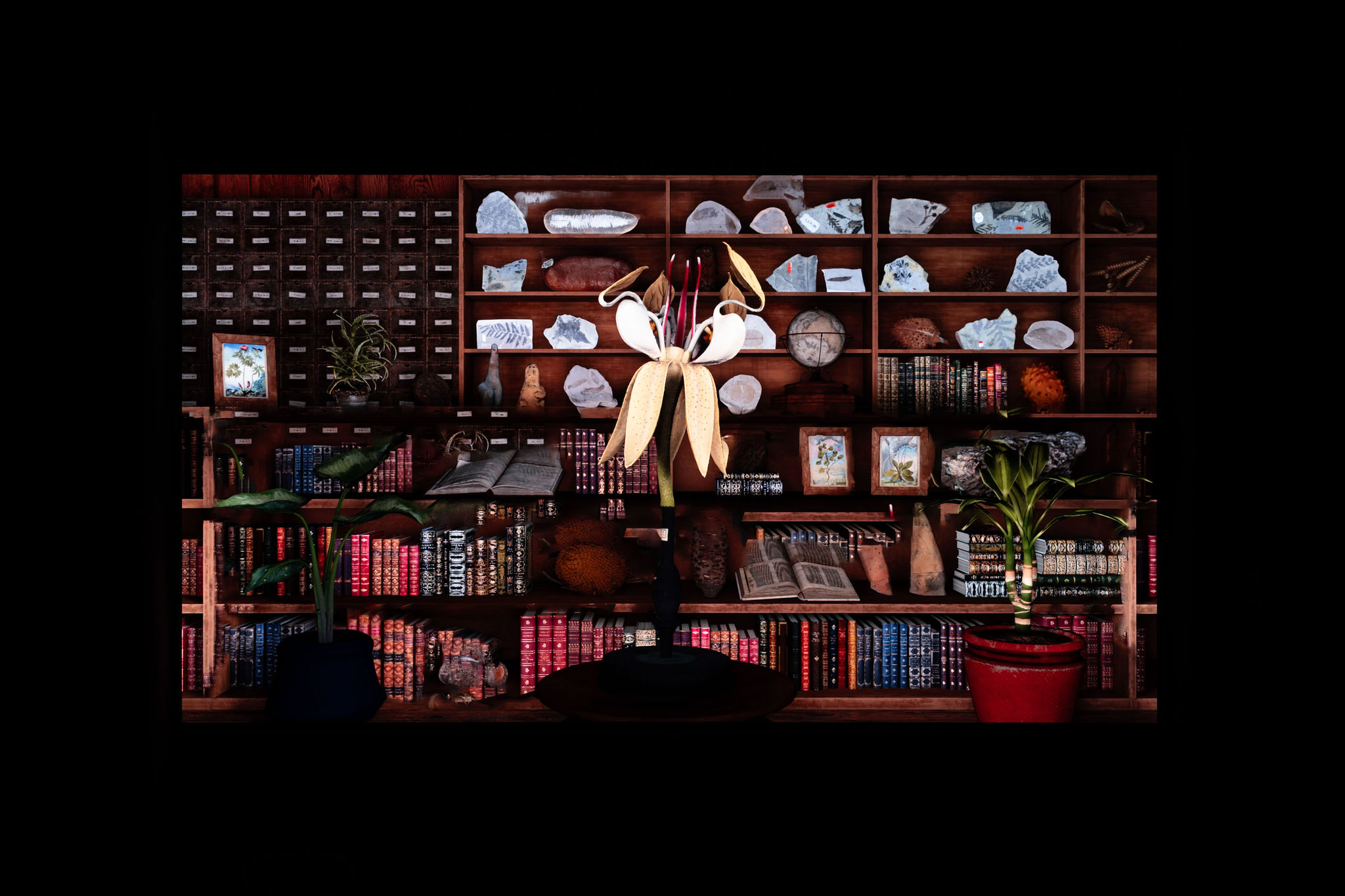
4K video, stereo sound
10:15 min
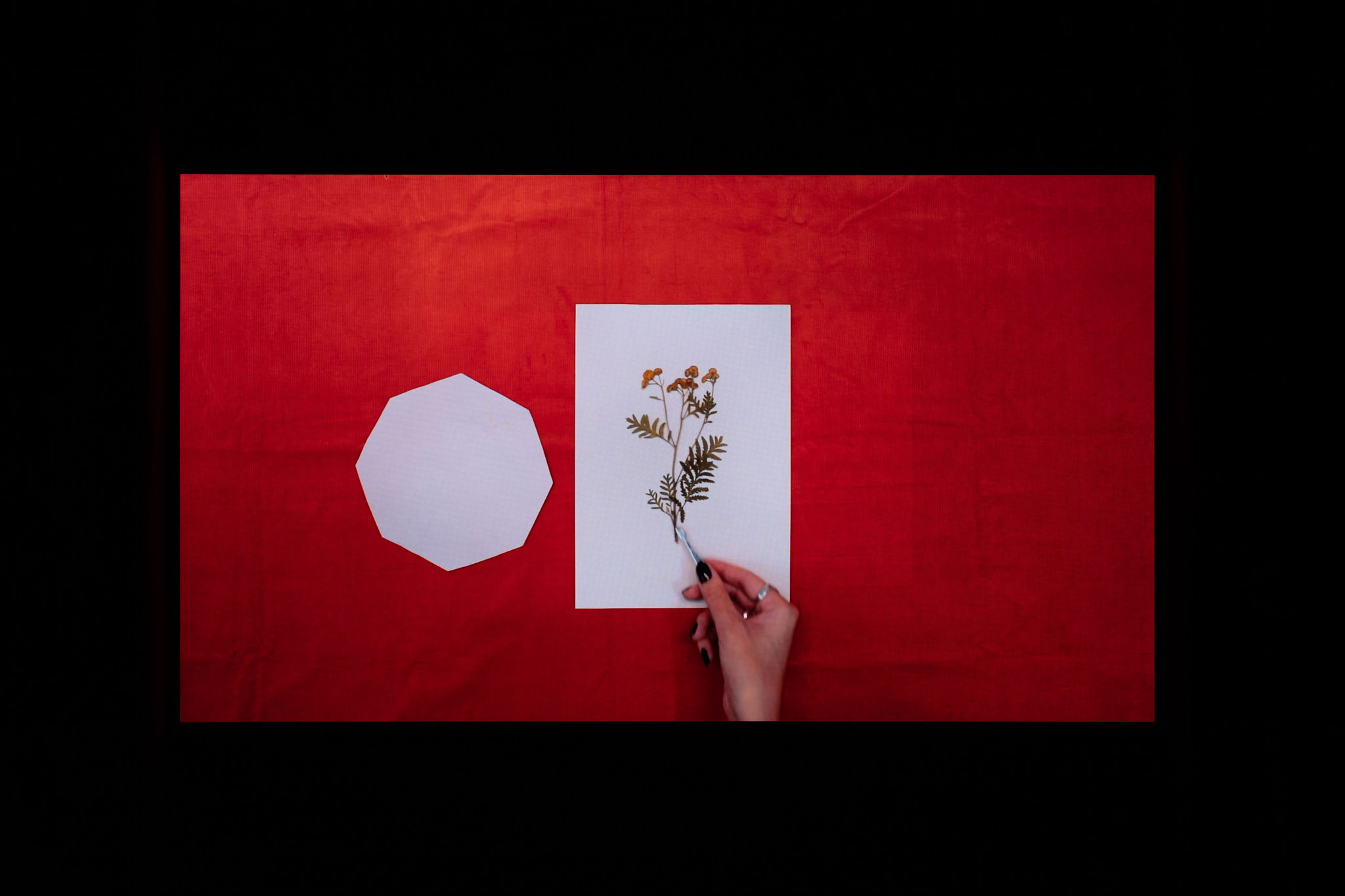
Artist Bio
Thea Lazăr (b. 1993, Târgu Mureș) lives and works in Cluj-Napoca, Romania. Her artistic practice spans a wide range of mediums, including textile and embroidery, multimedia installations, video, and 3D animation. With a focus on storytelling, her work explores the intersection between traditional craftsmanship and contemporary technology, creating a dynamic dialogue that reflects both personal and universal narratives. Through the juxtaposition of nature and technology, she highlights the tension between the organic and the manufactured, considering their coexistence. Nature, particularly local and endemic plants, holds a significant place in Lazăr’s artistic inspiration. Through the incorporation of botanical elements, she constructs a symbolic language that transcends geographical boundaries, inviting viewers to contemplate the interconnectedness of all living things.
